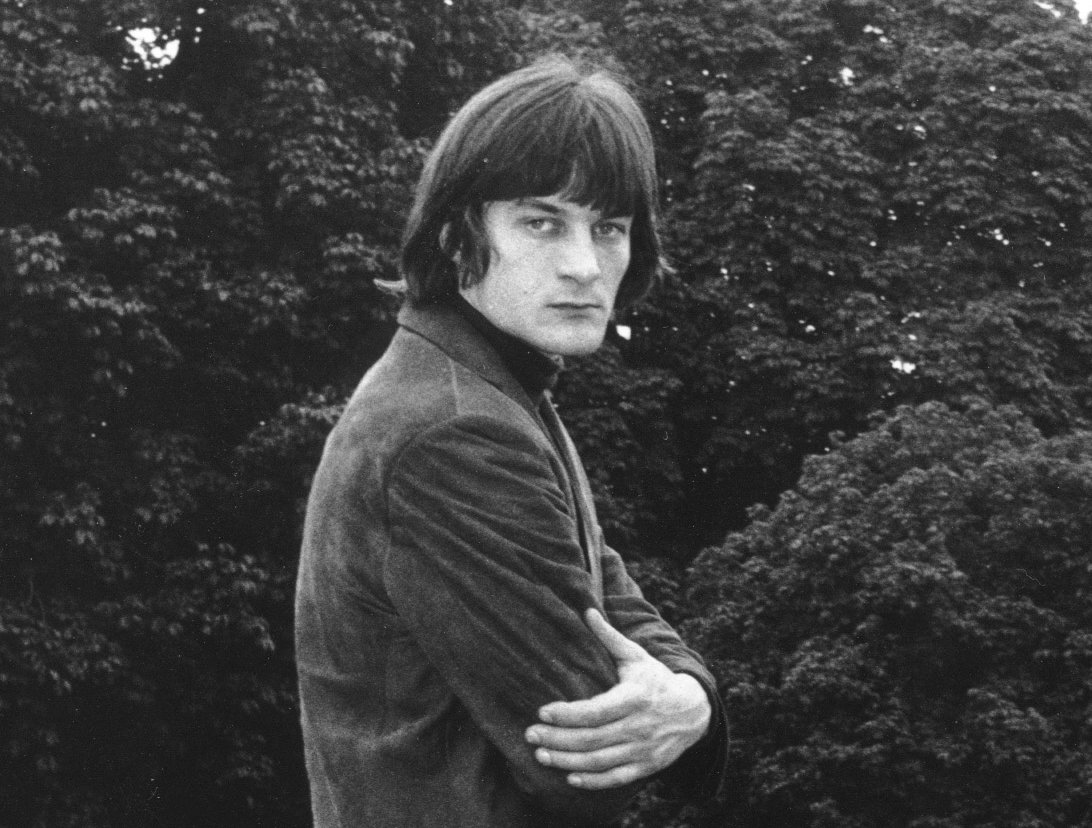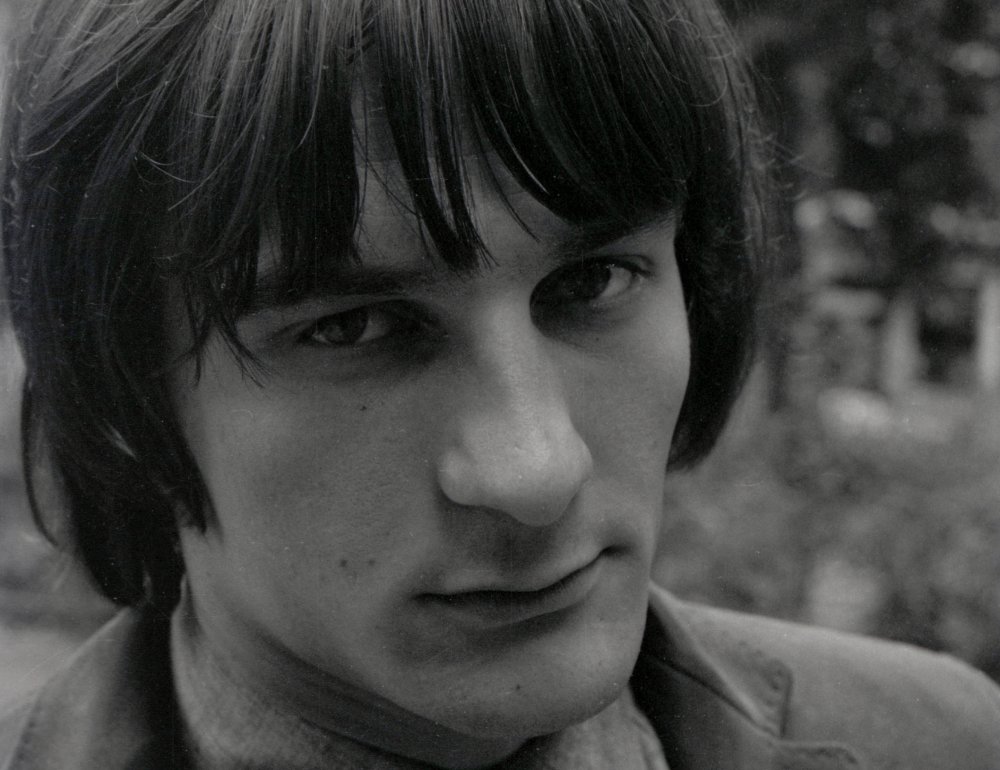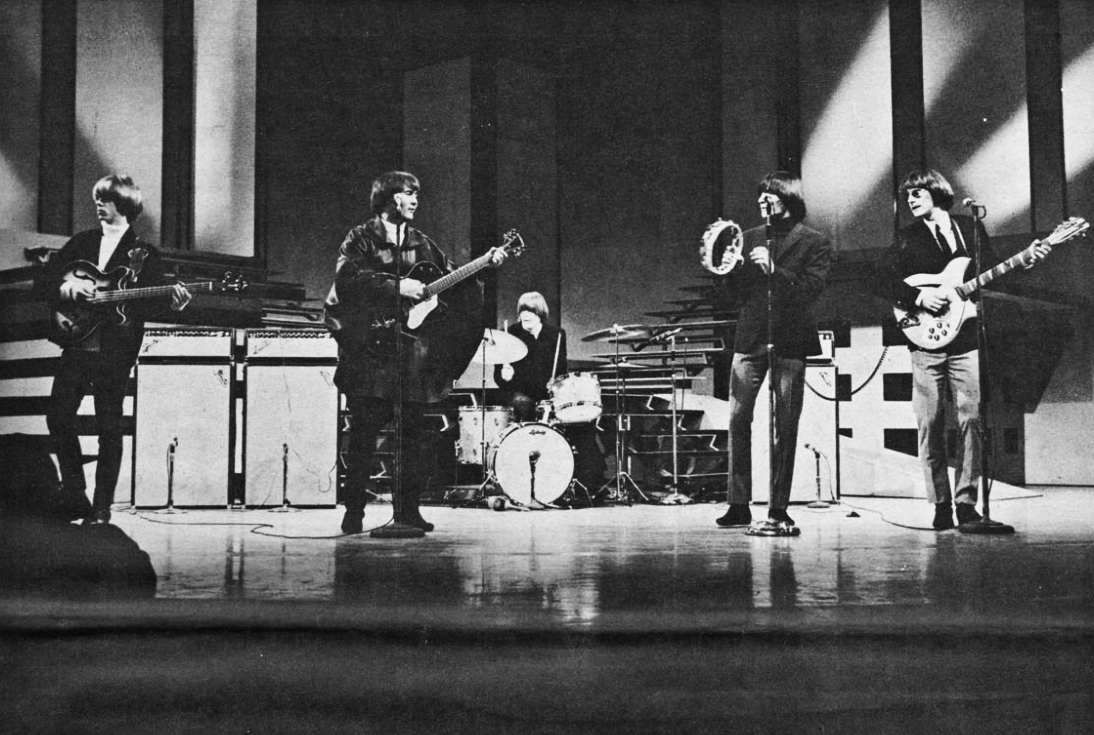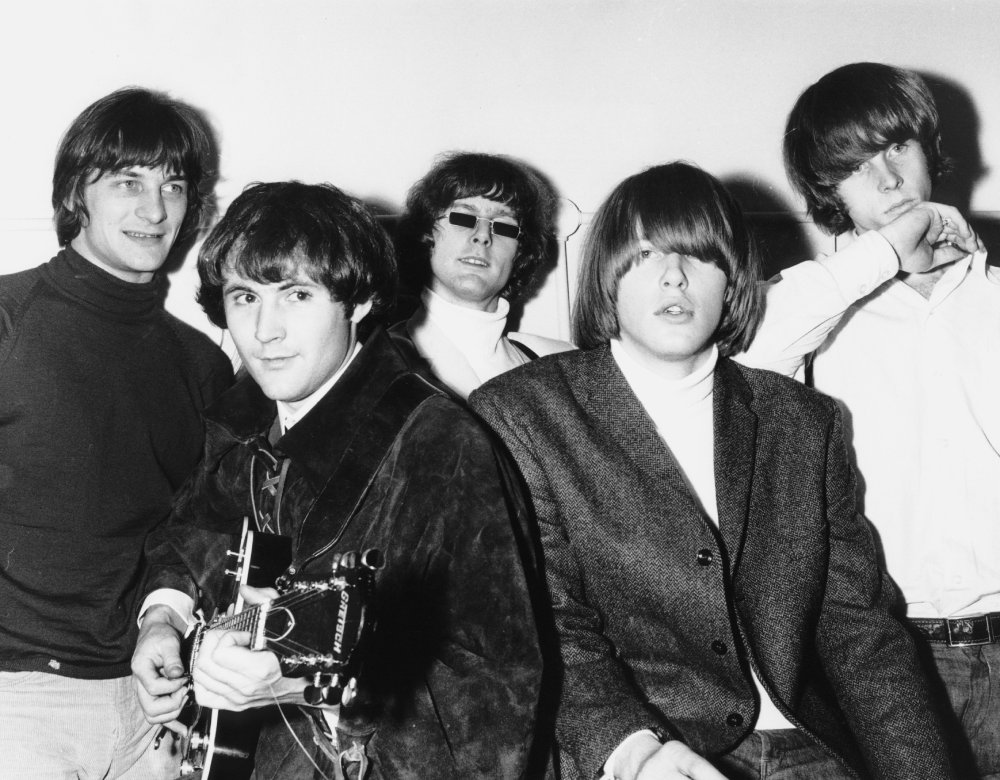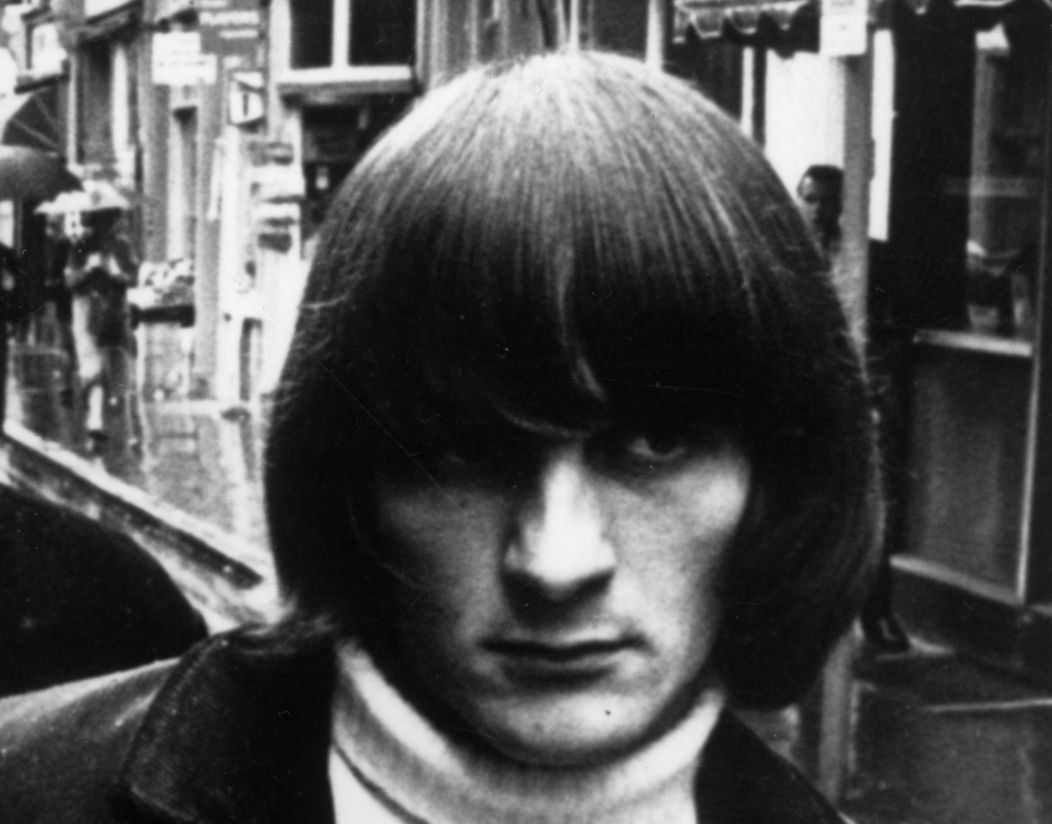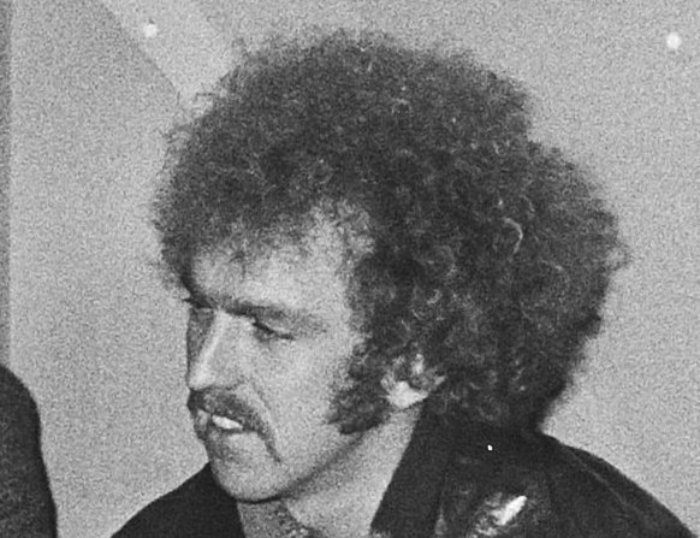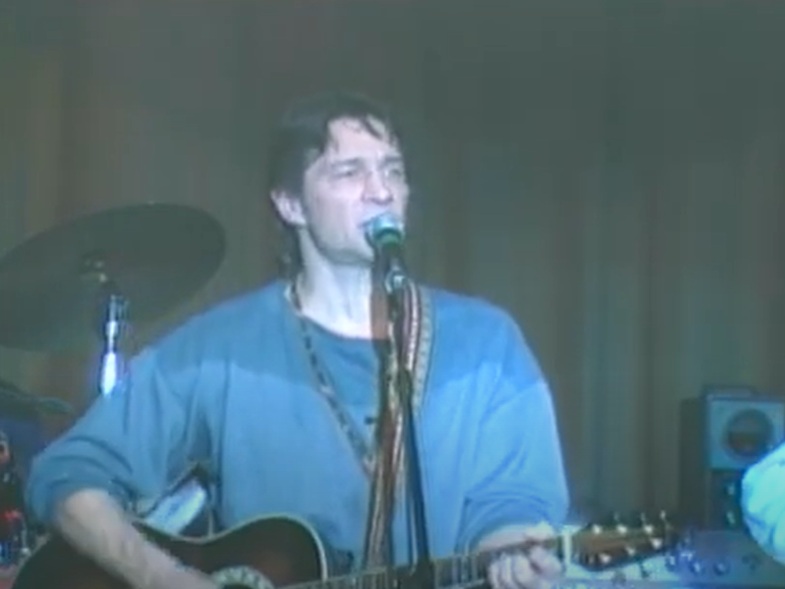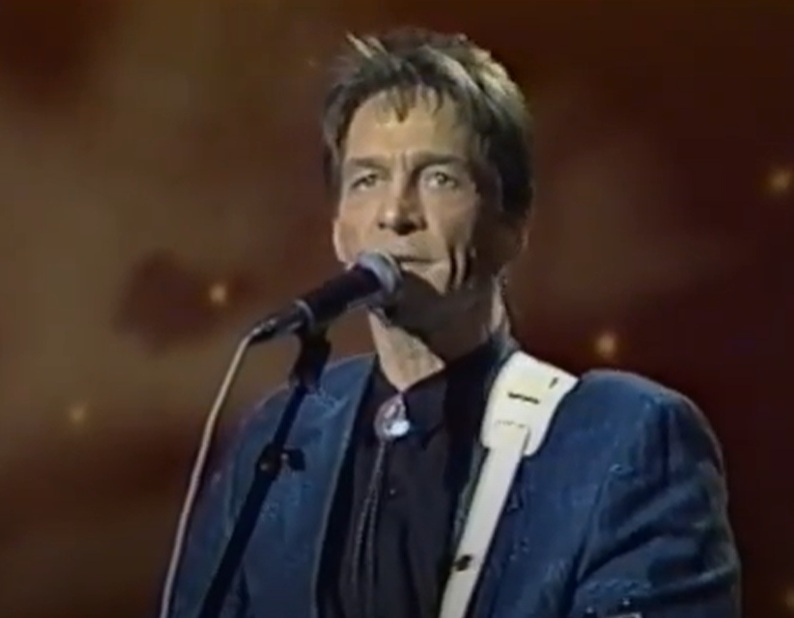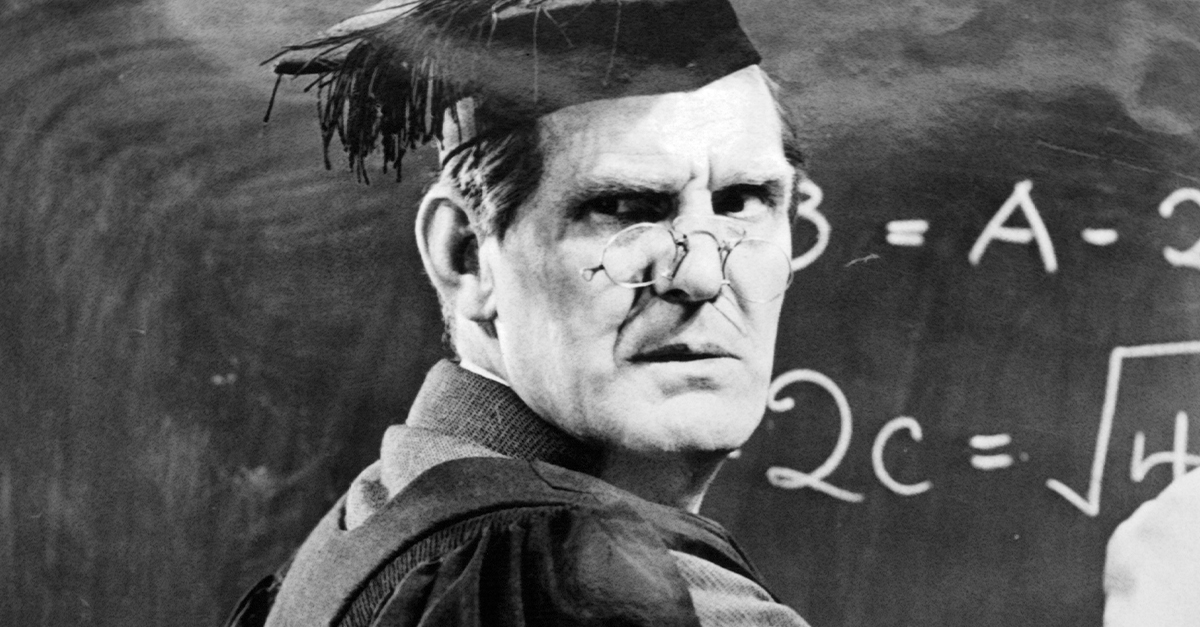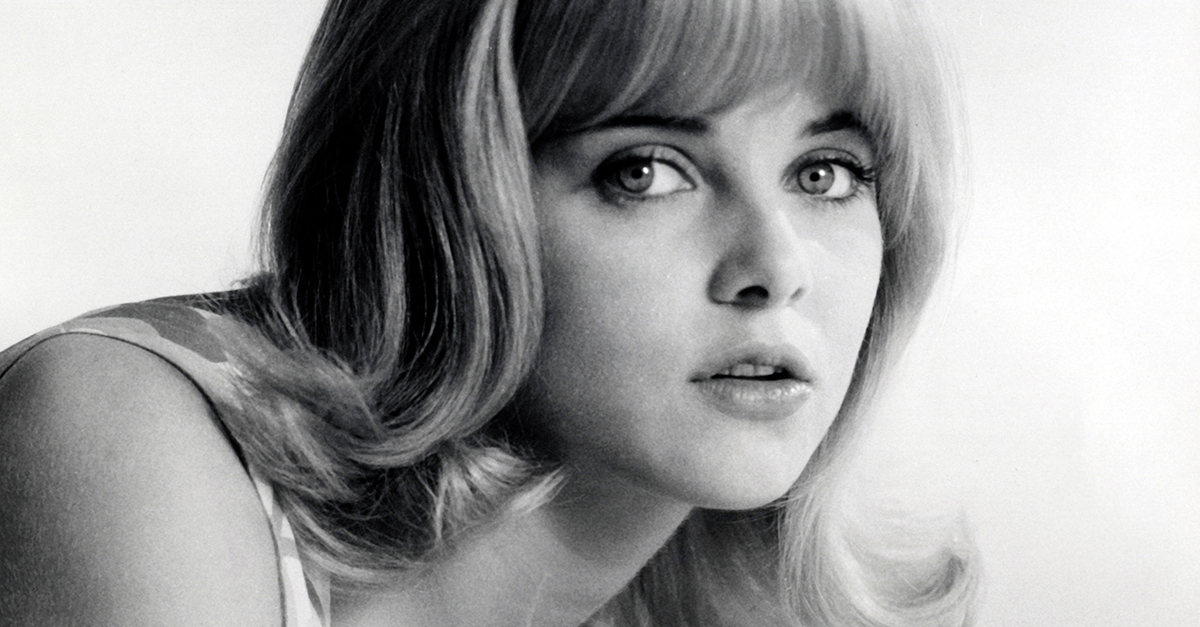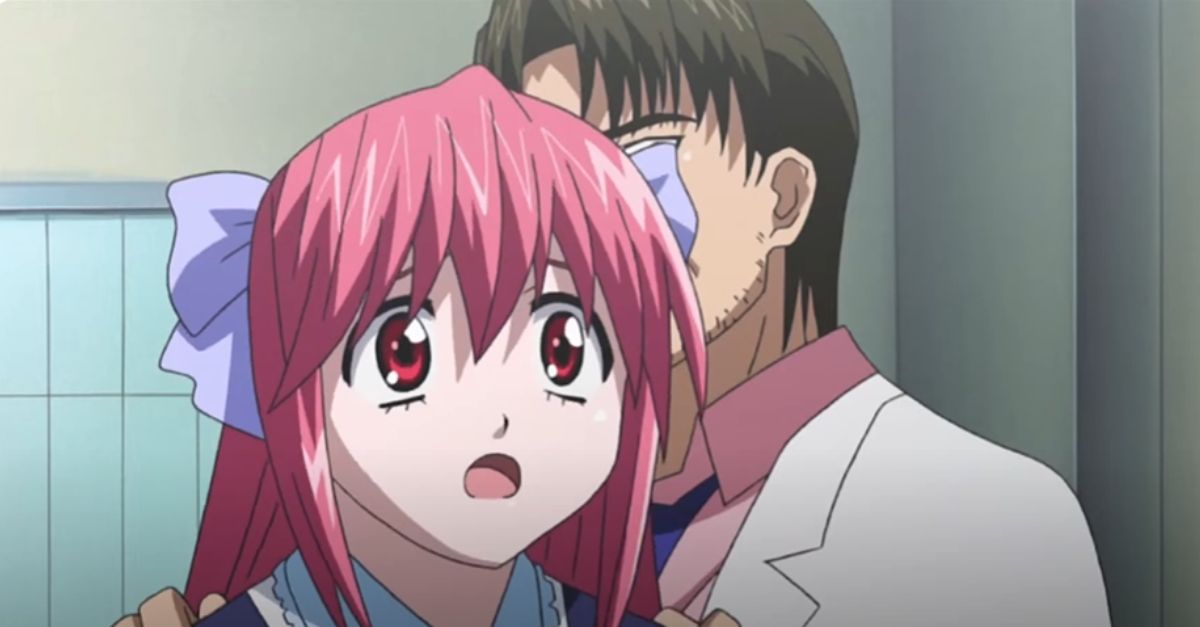Always Chasing That Dream
Throughout his career, Gene Clark searched many avenues for success in the music industry—and found mostly hardship and disappointment. However, his contributions would be integral stepping stones to the popularity of genres like alternative country and psychedelic rock.
The unlucky truth is that his dream may have come true, if not for his crippling condition.
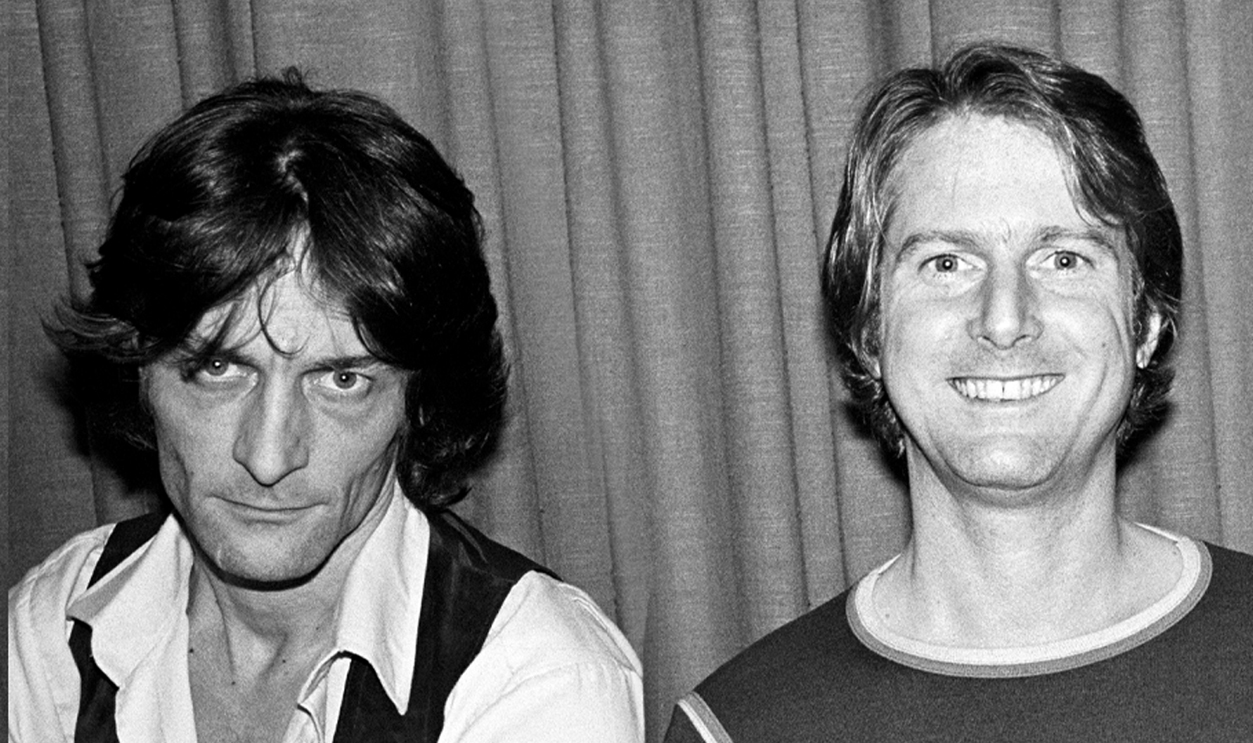
1. He Had A Big Family
The music world is chock-full of artists trying to separate themselves from the noise and get their name out there—something that Gene Clark learned firsthand. Born in Tipton, Missouri in 1944, Clark experienced the desire to stand out from the crowd at a young age, seeing as he was the third of what became 13 children.
It did help that he showed an innate musical talent early on.
2. He Started Early
Clark’s musical ability was evident even in his childhood, as he quickly took to his father’s lessons in guitar and harmonica. By the time he reached 11 years old, he had become well-versed in popular music such as Elvis Presley and Hank Williams, and he'd even started writing his own material.
This would soon lead to his first taste of performance.
3. He Made His First Group
During his teenage years, Clark refined his musical talents, focusing on his the rich tenor of his voice, and soon formed the rock group Joe Meyers and the Sharks. They didn’t last too long, but over the next few years, Clark would join up with two more groups: the Rum Runners and the Surf Riders.
Clark was putting in the work, and his first big break was on the horizon.
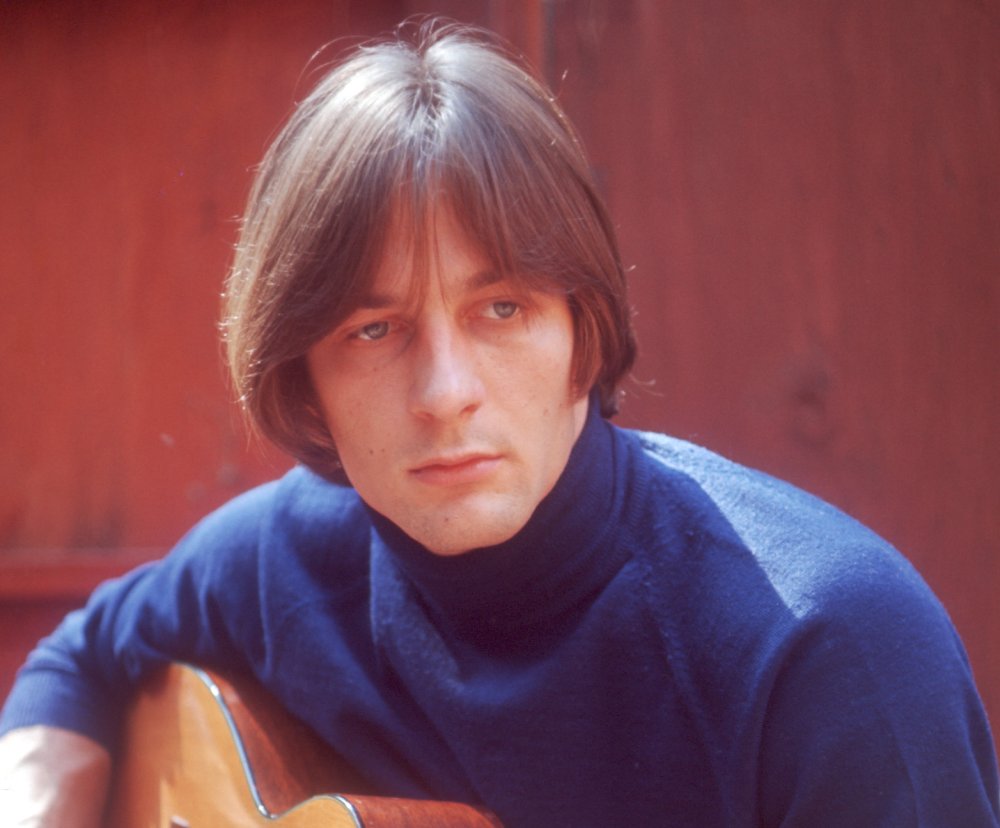 Michael Ochs Archives, Getty Images
Michael Ochs Archives, Getty Images
4. He Was Discovered
Clark’s third band, the Surf Riders, regularly performed at Kansas City’s Castaways Lounge. It was here in 1963 that he got the attention of the New Christy Minstrels, a large-ensemble folk group. They quickly hired him, and within the following year, he would record two albums with the group.
Just 21 years old, Gene Clark was getting steady work as a musician. But little did he realize, something was coming that would change the trajectory of his career completely.
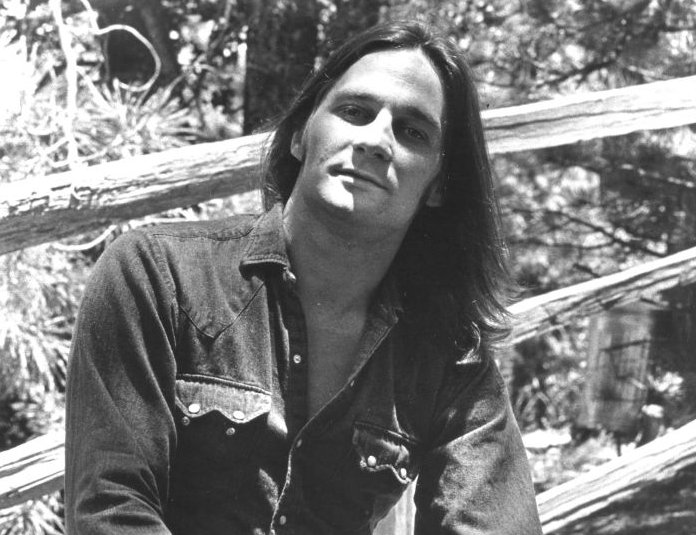 Michael Ochs Archives, Getty Images
Michael Ochs Archives, Getty Images
5. He Was Inspired
In the early 1960s, The Beatles’ debut sent shockwaves throughout the music world, and Clark was no less affected by it. Just six months after joining the New Christy Minstrels, Clark heard the Fab Four for the first time, and it was like he saw the light.
Clark quit the band and packed his bags for Los Angeles, ready to start making rock and roll music. This move turned out quite beneficial.
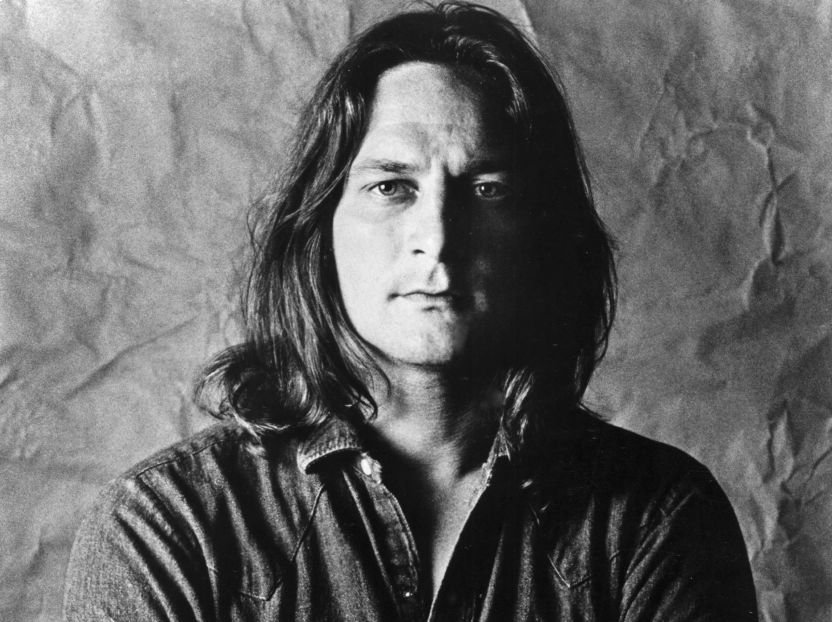 Michael Ochs Archives, Getty Images
Michael Ochs Archives, Getty Images
6. They Formed A Group
Shortly after moving to Los Angeles in 1964, Clark made a fateful discovery at the Troubadour Club. After witnessing the performances of Roger McGuinn, Clark noticed the guitarist’s love for the Beatles and folk music, and the two started talking. They hit it off and—along with singer-guitarist David Crosby—formed their rock group, The Jet Set.
It was the start of something big—but they needed a name change first.
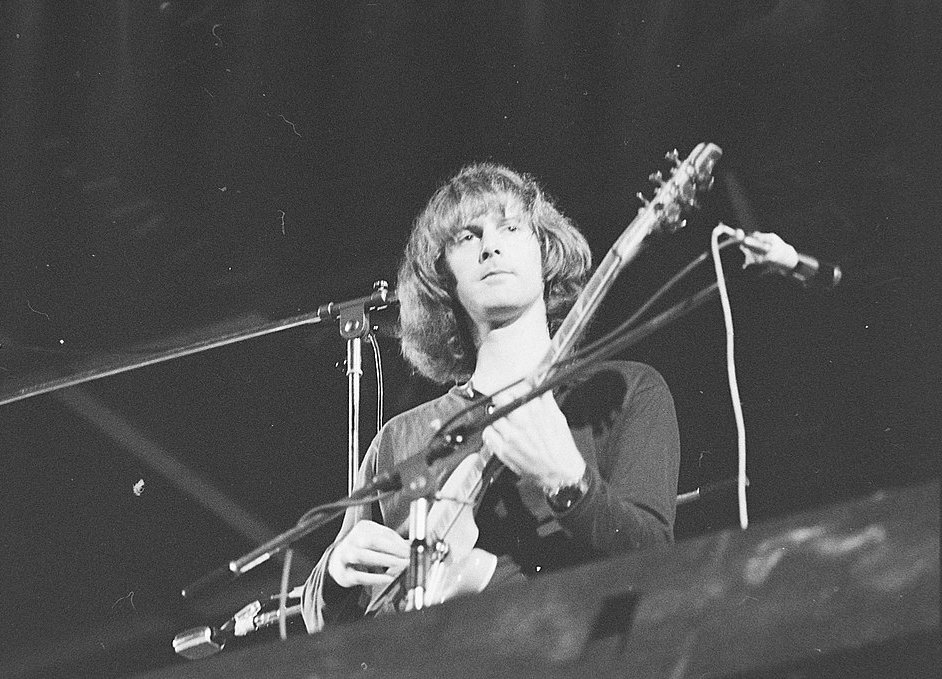 Fotoburo De Boer, Wikimedia Commons
Fotoburo De Boer, Wikimedia Commons
7. He Switched Positions
By the end of 1964, the band made several changes, including renaming to The Byrds. Before this, not only did they add two new members—drummer Michael Clarke and bassist Chris Hillman—but Gene Clark gave up his position too. Instead of playing rhythm guitar, he gave the part to Crosby and started playing tambourine and harmonica.
This didn’t mean he did less work, however.
8. He Did The Heavy Lifting
Each member of The Byrds was multi-faceted, but Clark’s contributions soon became especially essential. Through 1965 and 1966, Clark either wrote or co-wrote a majority of the most popular original songs for their three initial albums. Years later, Hillman would refer to Clark during this period as “The power in The Byrds”.
Still, he began to feel unappreciated.
9. He Took The Spotlight
Eventually, the band’s management chose McGuinn as the lead singer for both their major material and the Bob Dylan covers they were doing. Clark, having been paid much more due to his songwriting, had already felt bitterness from his bandmates—and this was another nail in the coffin.
Finally, these feelings came to a tipping point.
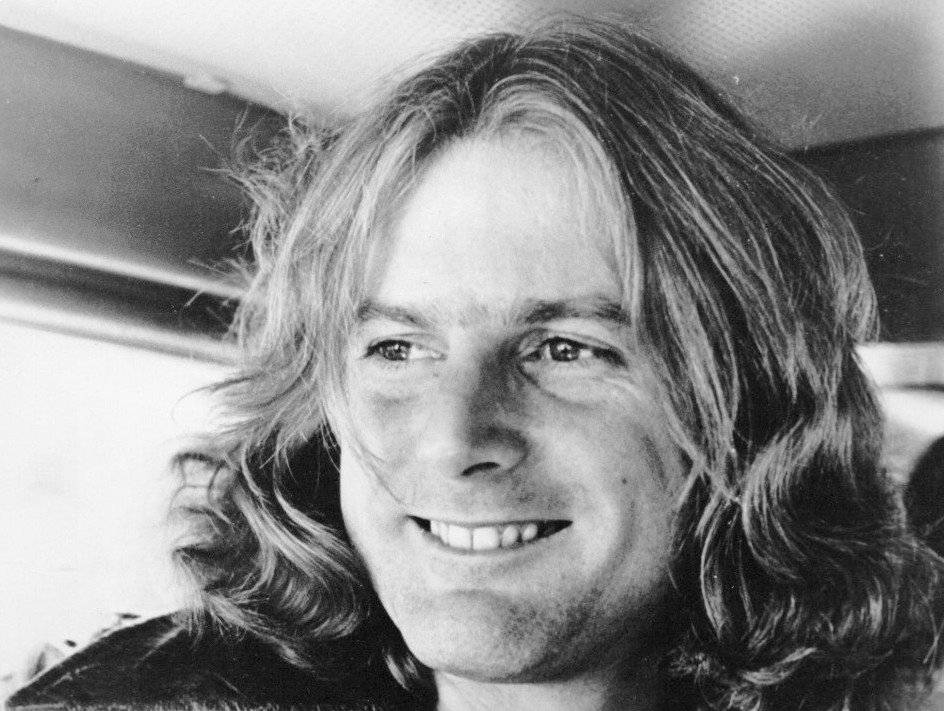 Columbia Records, Wikimedia Commons
Columbia Records, Wikimedia Commons
10. He Had Enough
Aside from the internal relationship issues the band was having, Clark started to feel the growing pressure of their industry. Specifically, the band’s traveling posed an issue due to his deep-seated fear of flying, birthed when he witnessed a plane crash as a young boy. This boiled over when he had a full-on panic attack on their plane, convinced it was going to crash.
After this incident, his mental health continued to devolve, and he officially quit the Byrds in 1966. He hadn’t said goodbye to music, though.
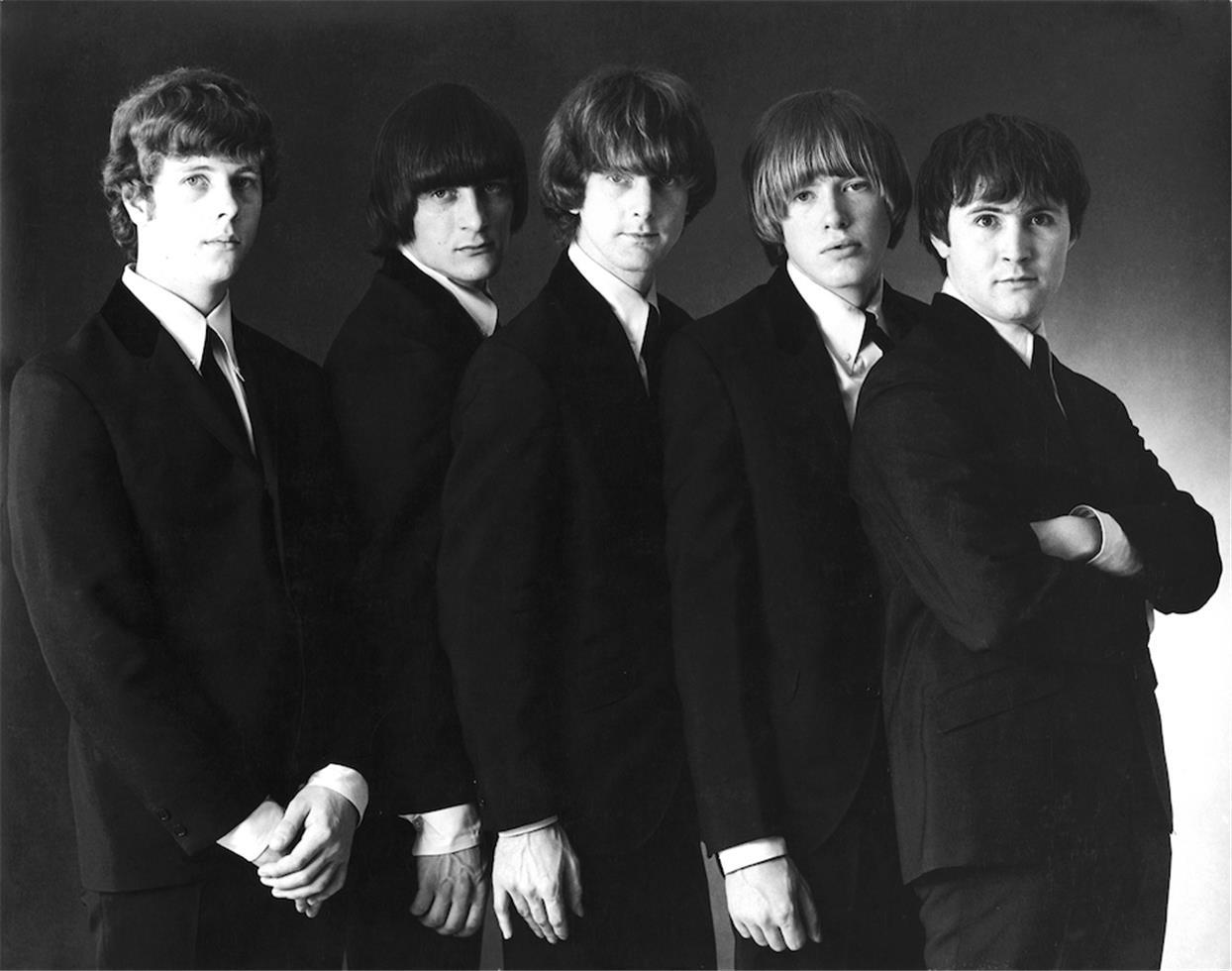 KRLA Beat/Beat Publications, Inc, Wikimedia Commons
KRLA Beat/Beat Publications, Inc, Wikimedia Commons
11. He Struck Out On His Own
Thankfully, even after he left, the connections Clark had forged while in The Byrds paid off. The band had recorded its albums under Columbia Records, who signed Clark—known as the Byrds' hitmaker—as a solo artist following his departure.
In 1967, he released Gene Clark with the Gosdin Brothers as his debut solo album. Unfortunately, the timing just wasn’t right.
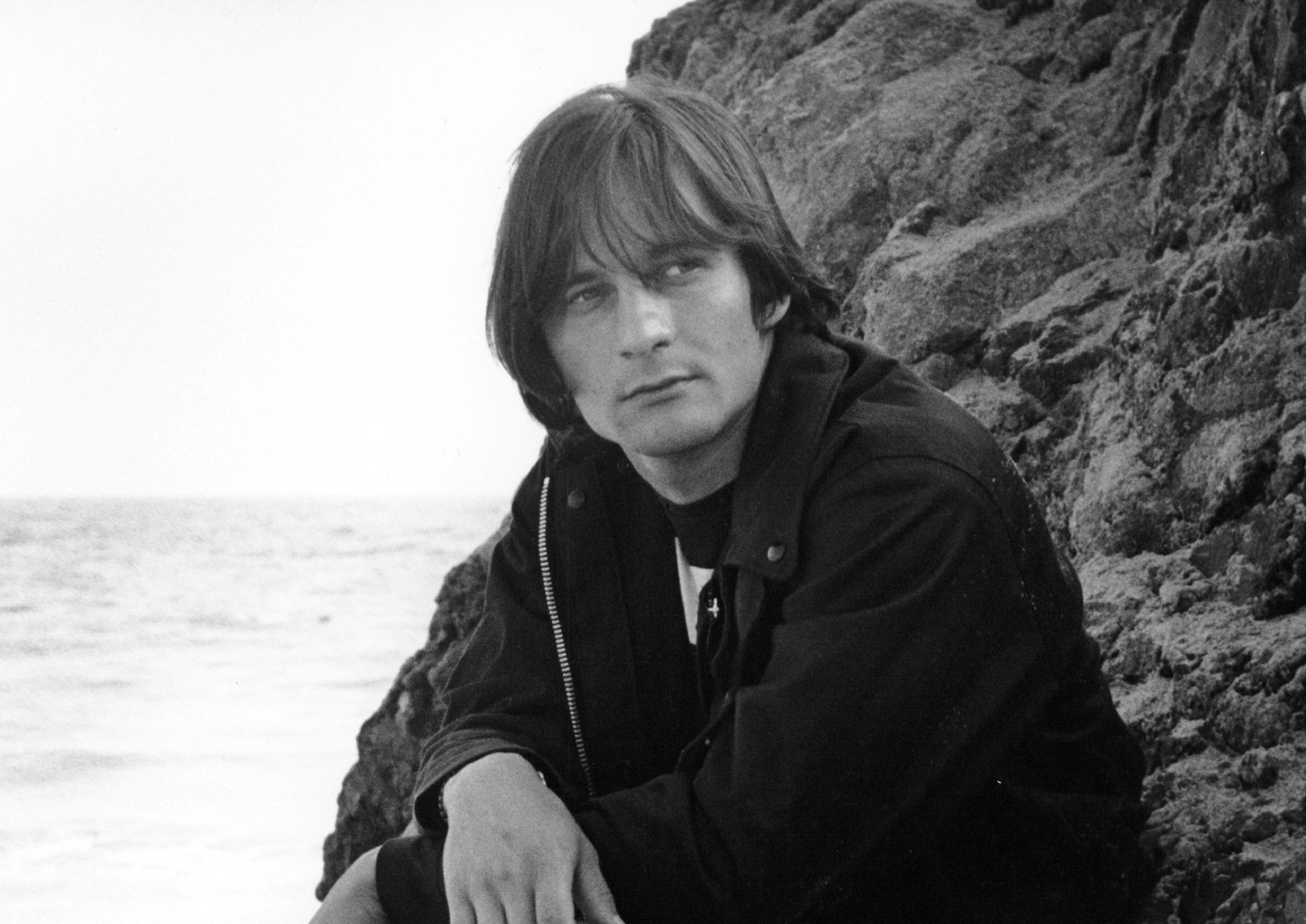 Michael Ochs Archives, Getty Images
Michael Ochs Archives, Getty Images
12. He Lost Out
Despite being a strange amalgamation of baroque psychedelic music and country rock, listeners seemed to love Gene Clark with the Gosdin Brothers. However, The Byrds released their album Younger Than Yesterday right around the same time, and it absolutely demolished Clark's album in sales.
As a result, he made a humbling decision.
13. He Came Back
In October 1967, the commercial failure of Clark’s album scared him so much that he backpedaled. Meanwhile, David Crosby’s eccentric and egotistical behavior pushed The Byrds to a breaking point, and they'd recently kicked him out. With his spot suddenly vacant, the band allowed Clark back into the group.
Sadly, the old wounds hadn’t healed.
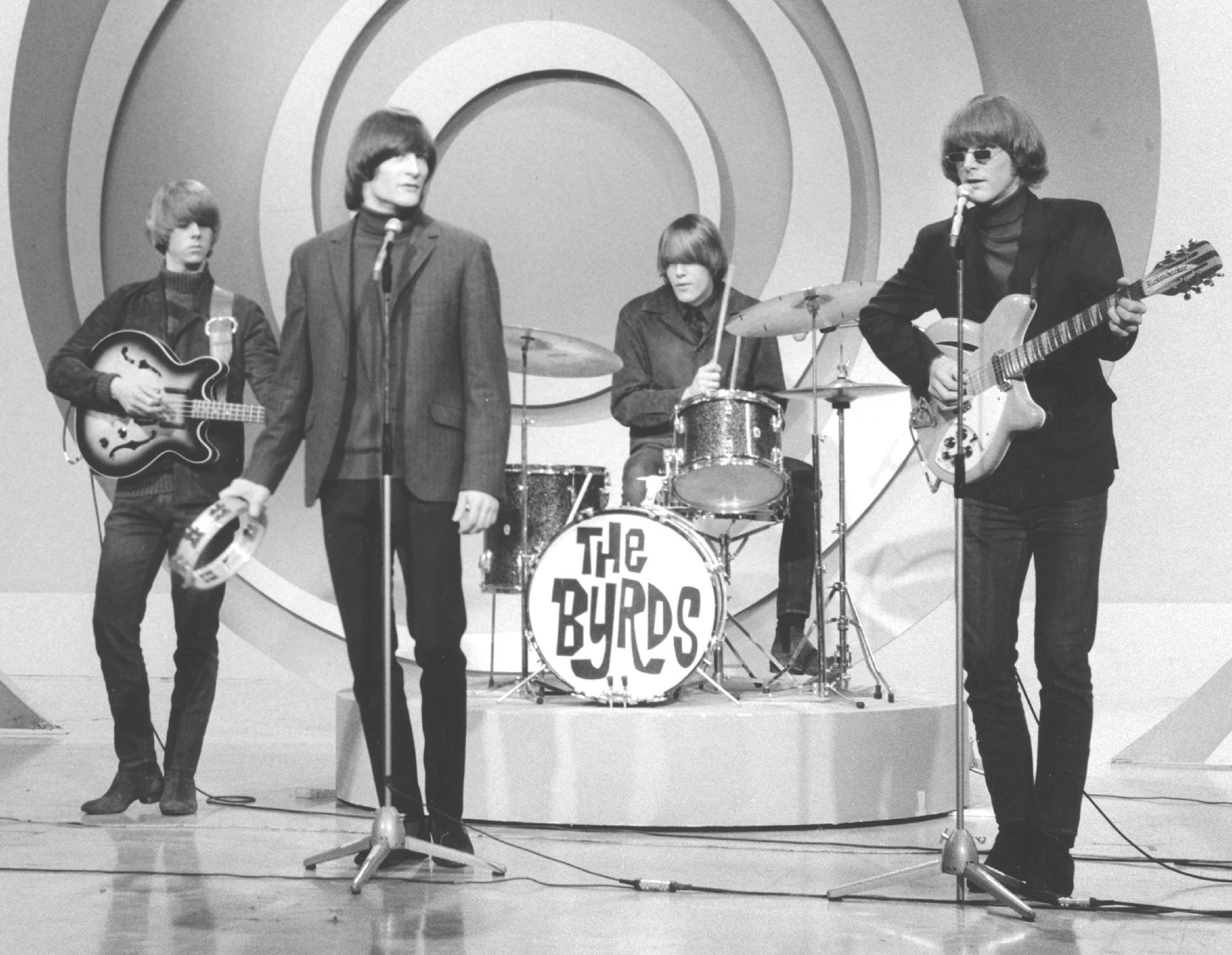 Michael Ochs Archives, Getty Images
Michael Ochs Archives, Getty Images
14. He Didn’t Last Long
It’s unclear how much Clark contributed following his reunion with The Byrds, but he may have helped record their album, The Notorious Byrd Brothers. Still, several causes for his initial departure remained, including his fear of flying.
Clark again had a panic attack while boarding a plane out of Minneapolis, leading to his dismissal after only three weeks. Following this, Clark tried doing something new.
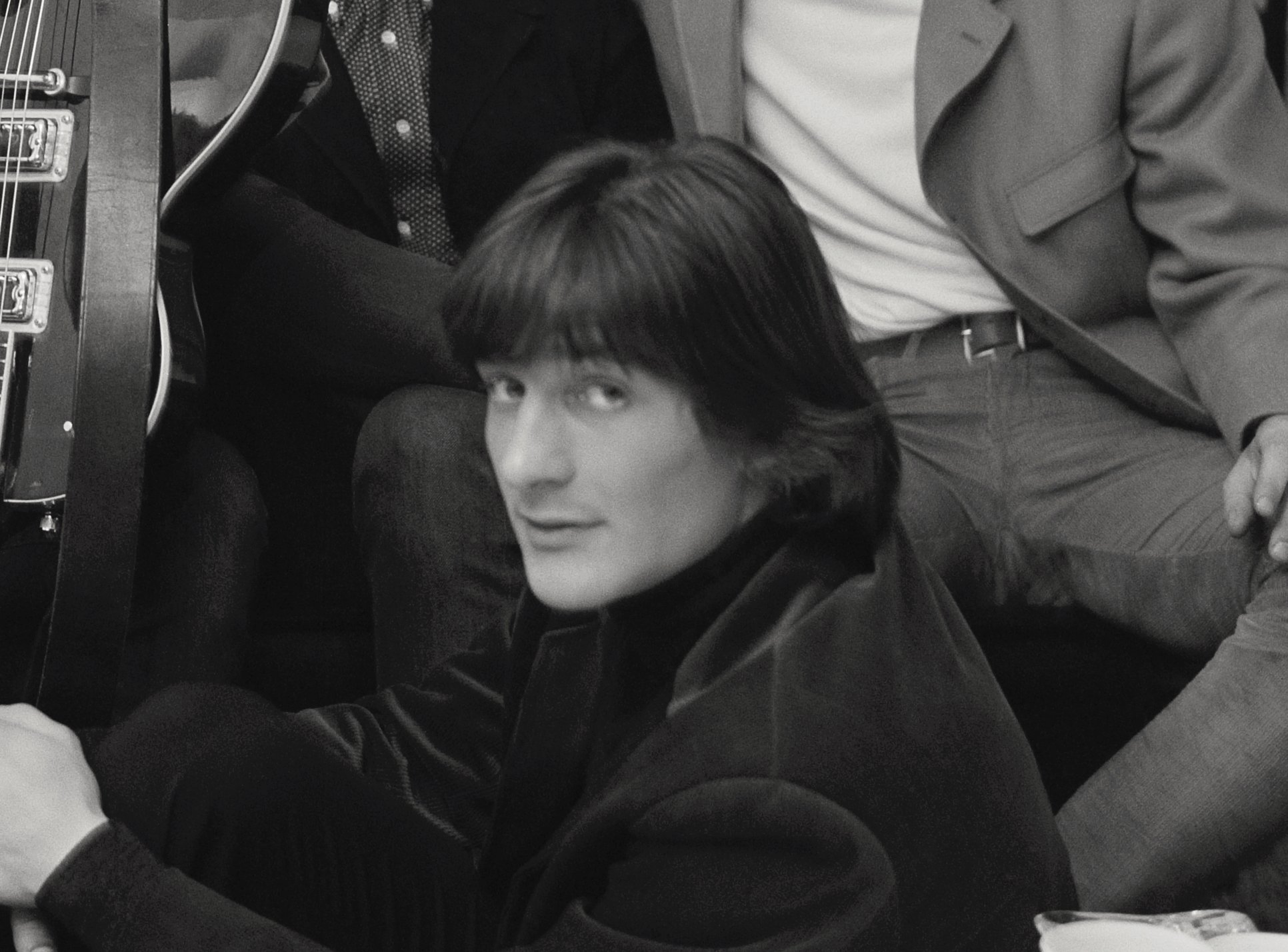 Michael Ochs Archives, Getty Images
Michael Ochs Archives, Getty Images
15. He Started A New Group
Rather than go right back to his solo career, Clark thought working with a different group would prove more fruitful. The following year, he started working with banjoist Doug Dillard under the A&M Records label. Joined by Bernie Leadon, Dave Jackson, and Don Beck on guitar, bass, and mandolin respectively, they formed the group Dillard & Clark.
Thankfully, the two fared a bit better than Clark’s first solo attempt.
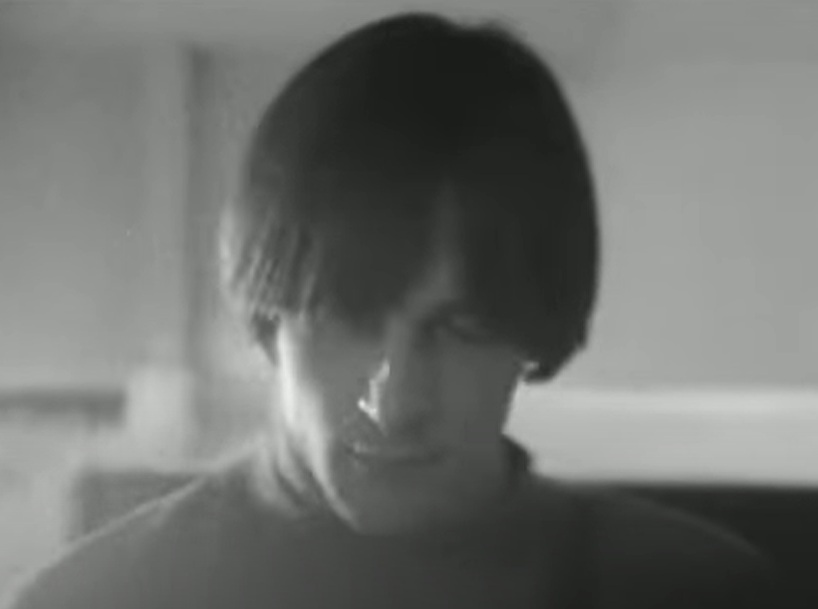 The Byrds February 1966 Concert & Backstage 16mm Film, Fun4None
The Byrds February 1966 Concert & Backstage 16mm Film, Fun4None
16. They Created A Legacy
Dillard & Clark’s The Fantastic Expedition of Dillard & Clark didn’t perform well commercially upon its release. As fate would have it, though, this first album garnered more appreciation from the industry in later years. Made up of acoustic country rock material, it would become a standout in the subgenre's history.
Naturally, though, every band must evolve.
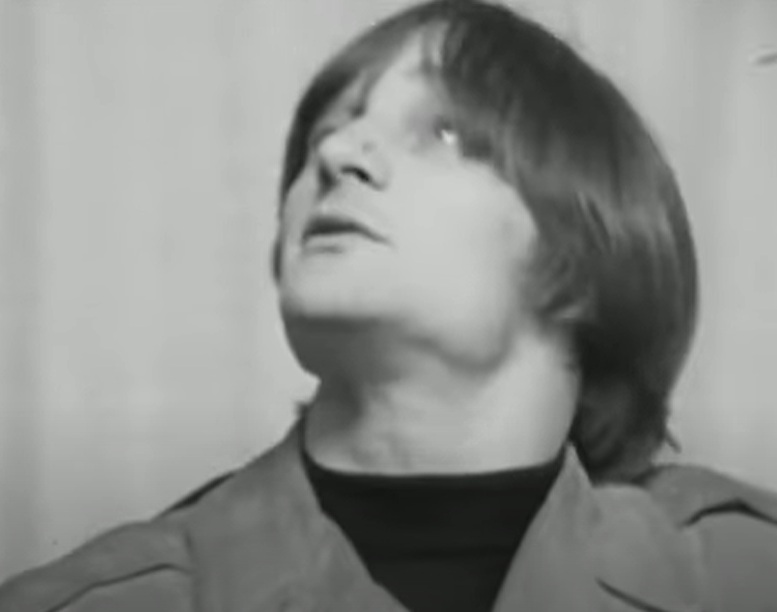 The Byrds February 1966 Concert & Backstage 16mm Film, Fun4None
The Byrds February 1966 Concert & Backstage 16mm Film, Fun4None
17. They Changed Things Up
For Dillard & Clark’s second album in 1969, Through the Morning, Through the Night, the band took a departure from their initial country rock style. Although they used more modern electric instruments, the album had a classic bluegrass vibe. However, this new direction wasn’t to everyone’s liking.
This preceded another big change.
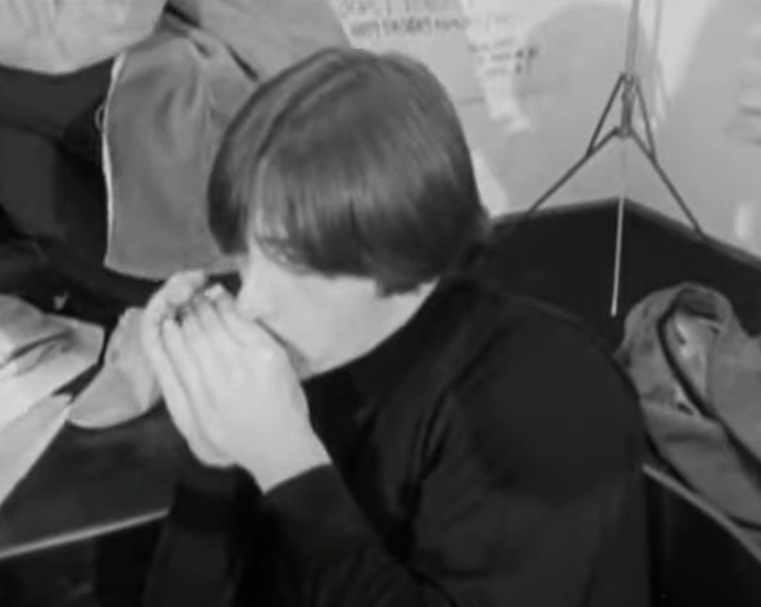 The Byrds February 1966 Concert & Backstage 16mm Film, Fun4None
The Byrds February 1966 Concert & Backstage 16mm Film, Fun4None
18. His Bandmember Left
With the release of their second album, the band encountered some personnel changes, not all of which were intentional. When recording the album, Doug Dillard brought in his girlfriend Donna Washburn to sing and play guitar. Bernie Leadon had already been displeased with the turn to bluegrass, and Washburn’s addition proved too much for him, causing him to quit.
It was band drama all over again, and Clark grew more and more unhappy.
19. He Became Disillusioned
Like Leadon, Clark was not a fan of the group’s switch to bluegrass, but that was the least of his problems at this point. Leadon had been a prominent co-writer, so without his talents, Dillard & Clark featured fewer original songs and instead relied on covers. Clark felt disappointed in this transformation.
But while he didn’t know it, his work during these years would be greatly appreciated.
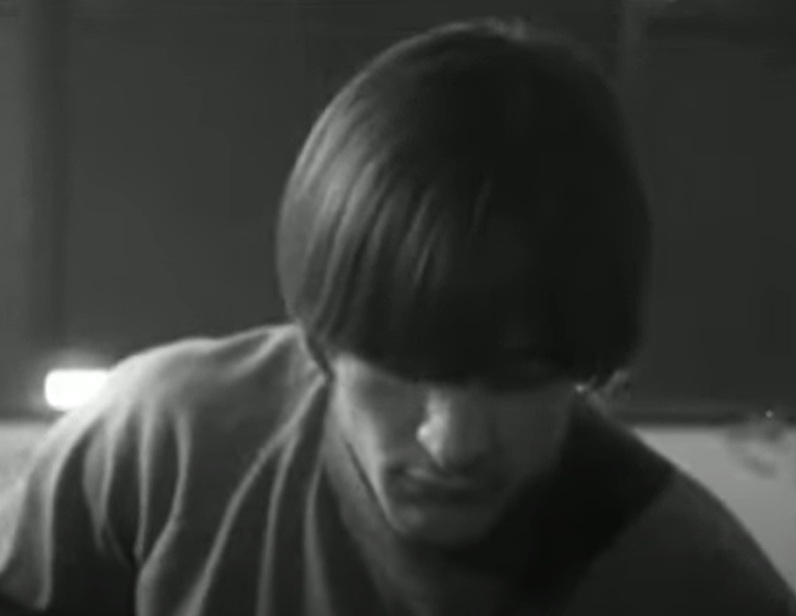 The Byrds February 1966 Concert & Backstage 16mm Film, Fun4None
The Byrds February 1966 Concert & Backstage 16mm Film, Fun4None
20. They Were Ahead Of Their Time
Neither of Dillard & Clark’s albums were favored by ratings at the time, but respect for them grew over the following years. Despite Leadon and Clark’s initial disappointment in the band’s second album, it is now recognized as a crucial evolution of progressive bluegrass, just as their first album is to country rock.
However, while there were positives to this collaboration, Clark’s life wasn’t perfect.
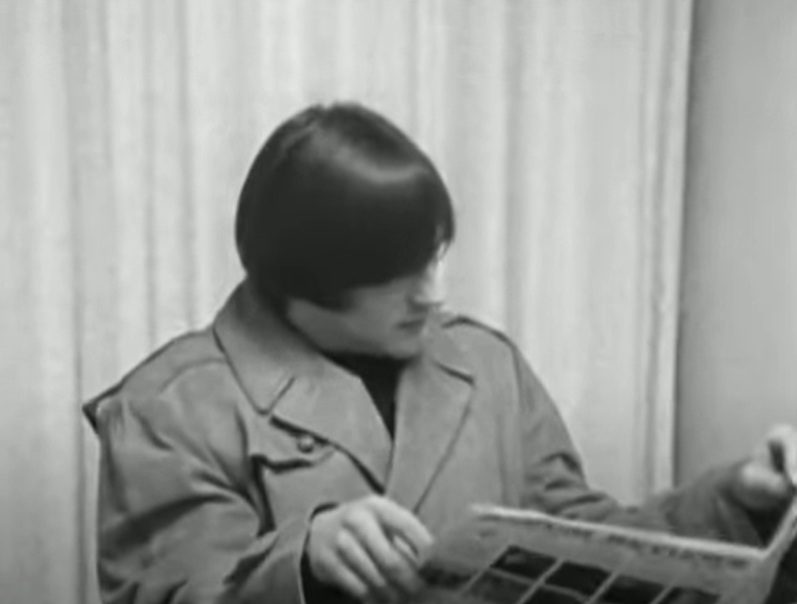 The Byrds February 1966 Concert & Backstage 16mm Film, Fun4None
The Byrds February 1966 Concert & Backstage 16mm Film, Fun4None
21. He Had Ups And Downs
Amid his issues with Dillard & Clark’s direction, Clark still benefitted from his time with the group. By the time they formed, he had already been feeling the effects of burnout from the music industry, but the band granted his creativity a new life.
At the same time, however, the drinking problem he had developed over the years only got worse with them. Eventually, Clark felt finished with this group.
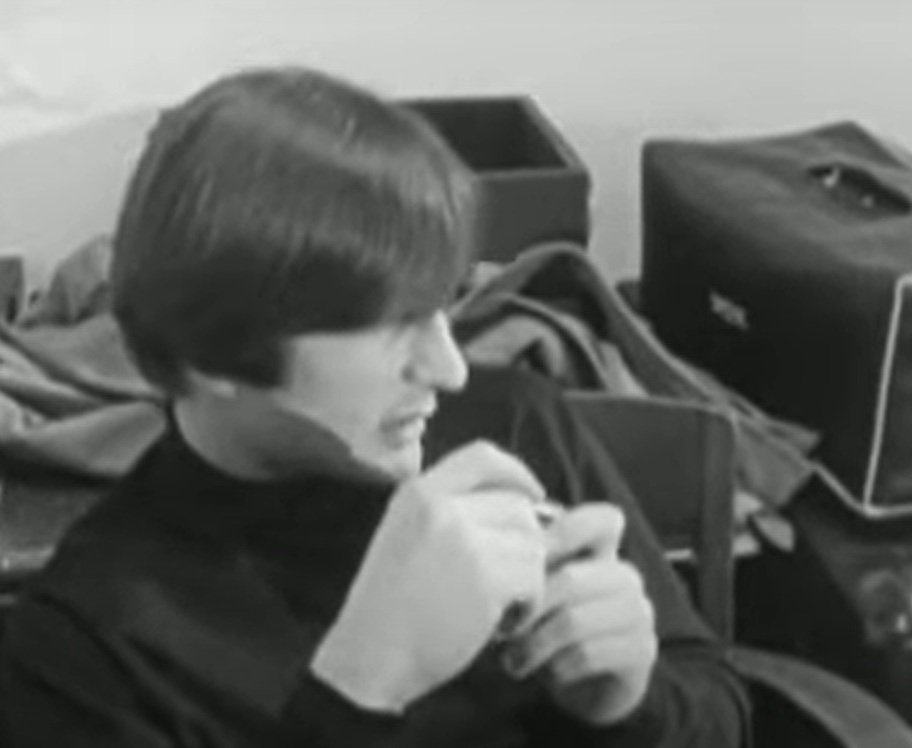 The Byrds February 1966 Concert & Backstage 16mm Film, Fun4None
The Byrds February 1966 Concert & Backstage 16mm Film, Fun4None
22. Their Time Came To An End
Having grown unhappy with Dillard & Clark's numerous changes, from their creative direction to their roster, Clark struck out on his own again. He left the band in 1969, and since Bernie Leadon had already quit the group, the remaining members disbanded.
After constant turmoil for most of the 60s, Clark decided to take a step back.
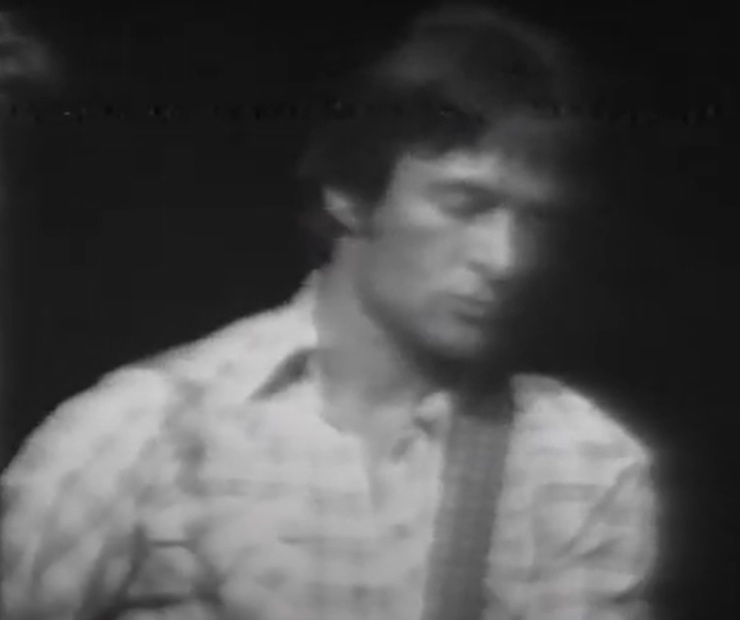 Gene Clark & Roger McGuinn, The Byrds on MV
Gene Clark & Roger McGuinn, The Byrds on MV
23. He Settled Down
Over his various endeavors in music and the resulting failures, Clark had understandably become disillusioned with the industry. Fortunately, he had a life to fall back on, including his marriage to Carlie Lynn McCummings in 1970. He also bought a house in Albion, California to retire in—but it soon wasn’t just him and his wife there.
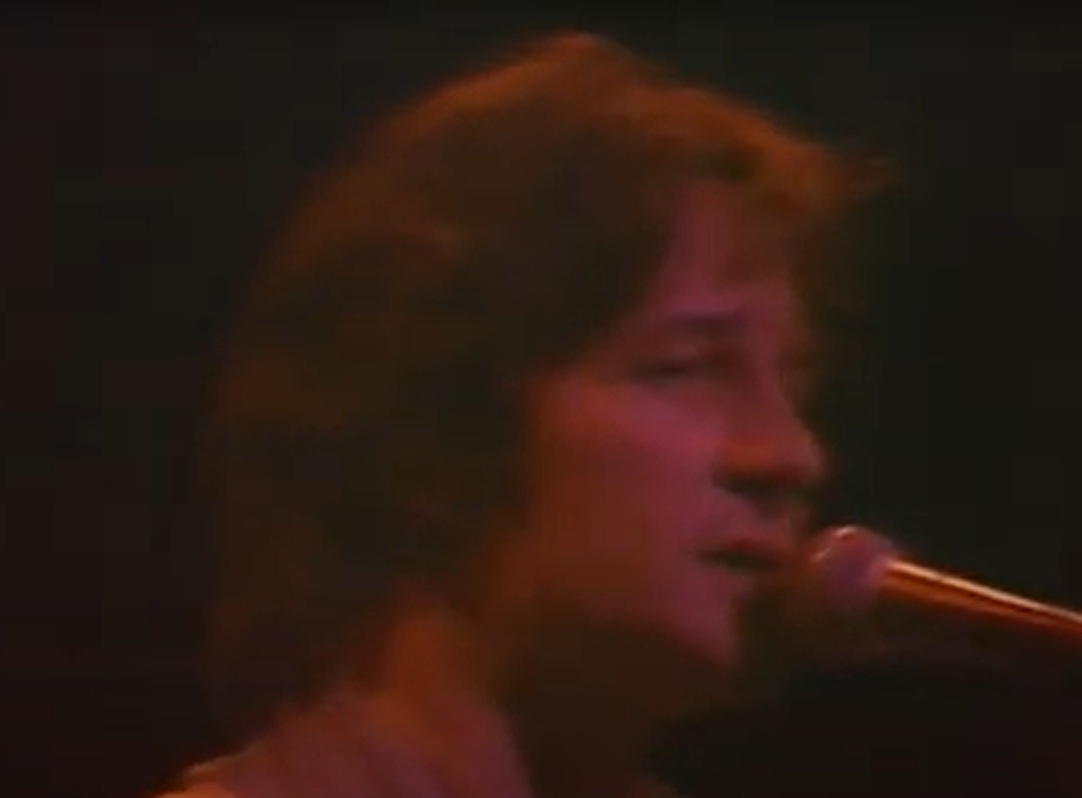 McGuinn, Clark & Hillman Adelaide Australia 1978, derek jensen
McGuinn, Clark & Hillman Adelaide Australia 1978, derek jensen
24. He Started A Family
Soon after his marriage, Clark found even more reasons to stay in semi-retirement. His wife gave birth to two sons, Kelly and Kai, and he became satisfied with home life—at least for a few years.
Fortunately, he was in a decent place to support his family.
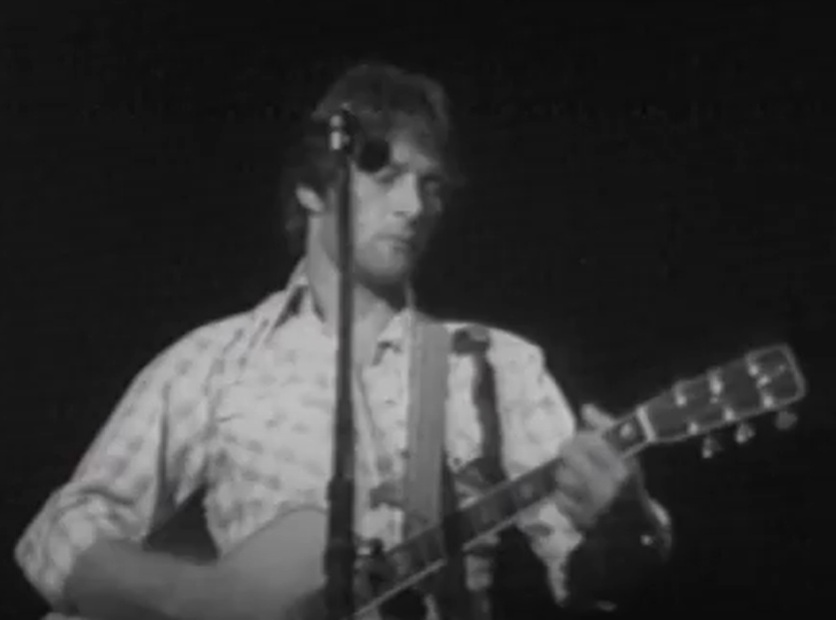 Gene Clark & Roger McGuinn, The Byrds on MV
Gene Clark & Roger McGuinn, The Byrds on MV
25. He Did Well For Himself
While Clark hadn’t found much success in a solo career or Dillard & Clark, he was far from destitute. The Byrds grew in popularity, and he continued to accumulate royalties from his work with them. This was no small amount and was certainly enough for him and his family to live comfortably through the early 1970s.
But even though he had it made, Clark hadn’t finished with the musician’s life.
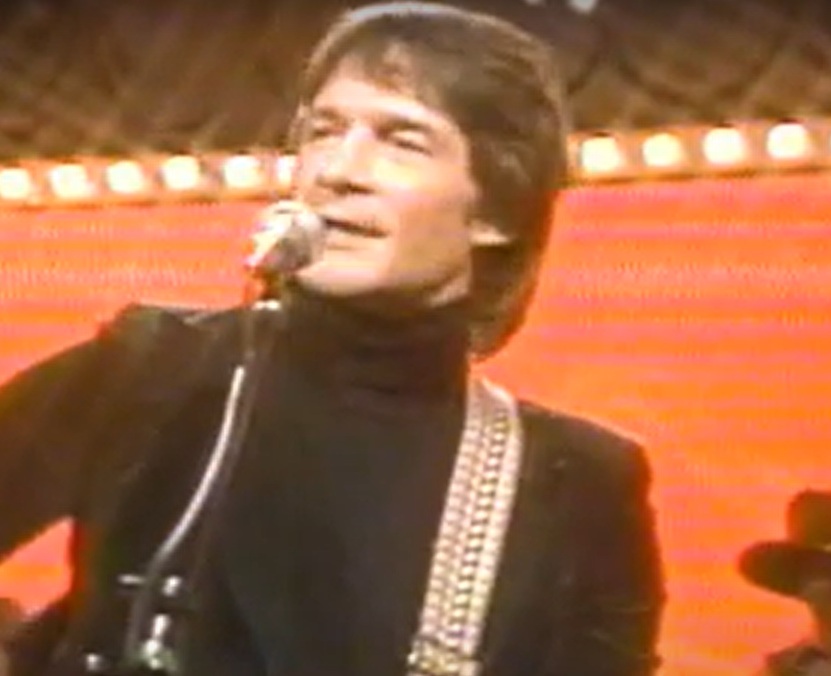 Sun Country Gene Clark & Cornelia Boucher McLeod 1983, cdncountryvideo
Sun Country Gene Clark & Cornelia Boucher McLeod 1983, cdncountryvideo
26. He Tried Again
By age 26, Clark had achieved what many only find later in life—a house, family, and financial stability. However, even in his semi-retirement, he hadn’t let go of the desire to make a successful solo career. So in 1971, he released the album White Light, and it became clear that he had retained his songwriting talents.
Of course, he wasn’t totally solo.
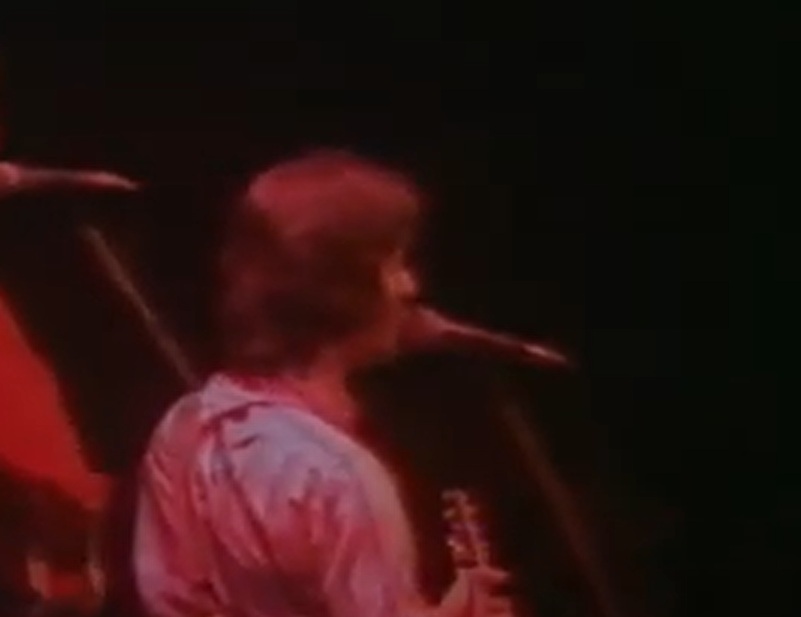 McGuinn, Clark & Hillman Adelaide Australia 1978, derek jensen
McGuinn, Clark & Hillman Adelaide Australia 1978, derek jensen
27. He Had A Special Guest
Although it was his second solo album, Clark brought in a couple of musicians to make it even stronger. Producing and backing the album was Jesse Ed Davis, an Indigenous guitarist with whom Clark got along famously. This was partly due to their shared background, as Clark also had Indigenous ancestry.
Regrettably, his success still wasn’t in the cards.
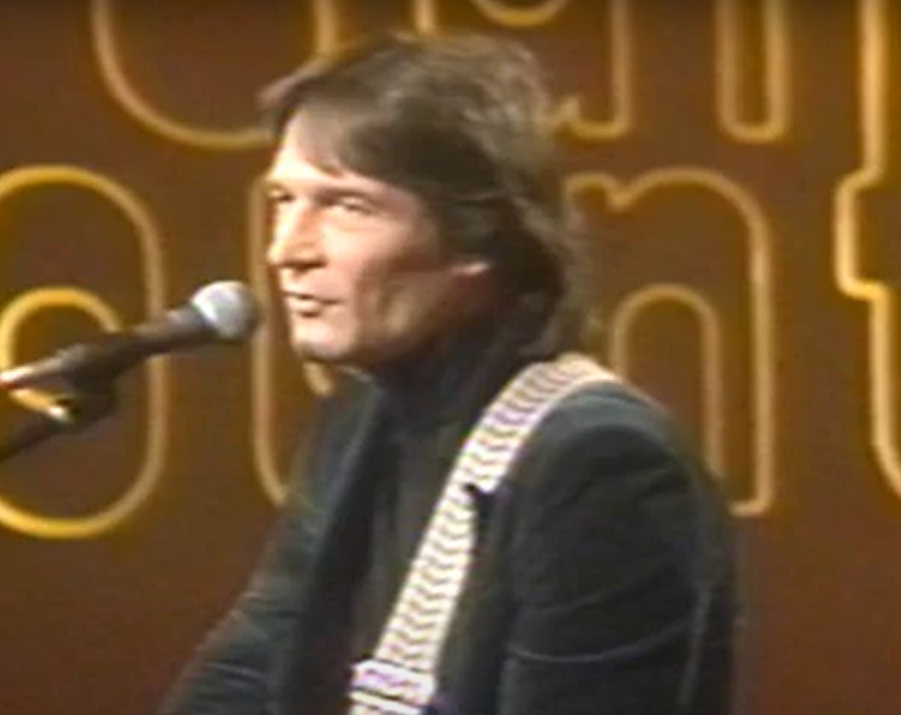 Sun Country Gene Clark & Cornelia Boucher McLeod 1983, cdncountryvideo
Sun Country Gene Clark & Cornelia Boucher McLeod 1983, cdncountryvideo
28. It Didn’t Take Off
The music industry was ready to hear Clark’s newest album, but he may not have been up to present it. The critics received White Light extremely well, praising Clark’s lyrical and poetic capabilities. The downside was that Clark’s steadfast reluctance to tour and promote the album resulted in another commercial failure.
Once again, he tried to take it back to his roots.
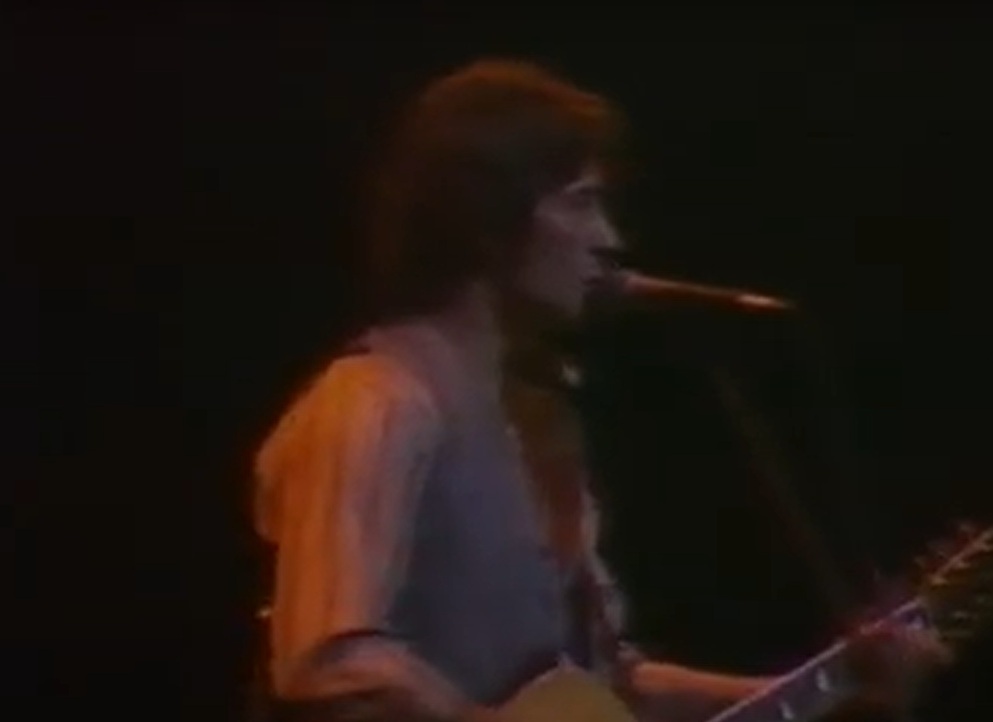 McGuinn, Clark & Hillman Adelaide Australia 1978, derek jensen
McGuinn, Clark & Hillman Adelaide Australia 1978, derek jensen
29. They Got Back Together
Recognizing that his second album had fallen into obscurity, Clark seemingly turned to what he was familiar with. In 1972, Clark again revisited his most successful endeavor, as the original five members of The Byrds got back together. The next year, they released the album Byrds, produced by their own David Crosby.
Ultimately, this didn’t go as well as they thought.
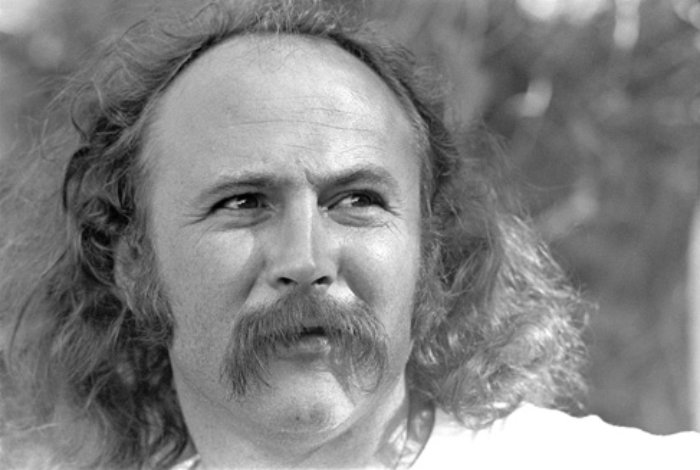 David Gans, CC BY-SA 2.0, Wikimedia Commons
David Gans, CC BY-SA 2.0, Wikimedia Commons
30. It Wasn’t Good Enough
The reception of Byrds was an enormous disappointment for Clark and the others. While it didn’t perform horribly on the charts, its critical failings could be largely summed up by the opinion that The Byrds simply weren’t the same. While there were plans for an album tour, the poor reception caused them to fall through.
As such, this reunion was short-lived.
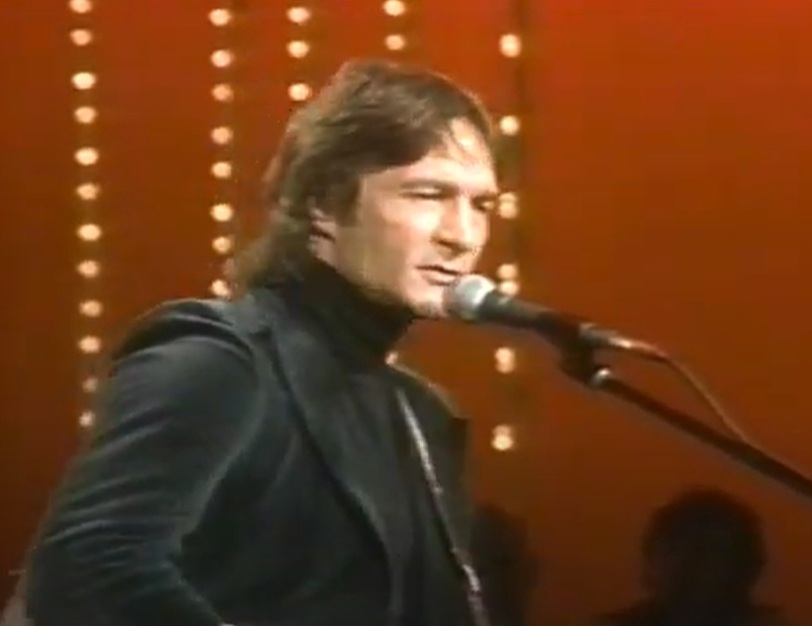 Sun Country Gene Clark & Cornelia Boucher McLeod 1983, cdncountryvideo
Sun Country Gene Clark & Cornelia Boucher McLeod 1983, cdncountryvideo
31. They Called It Quits
Overall, The Byrds were greatly disappointed by the failure of their album, but that wasn’t the only issue. Most members agreed that the album’s producer, David Crosby, had rushed and mismanaged the project. As a result, the newly reformed group disbanded, convinced there was no future in a reunion.
Following this, Clark flipped to his alternate goal.
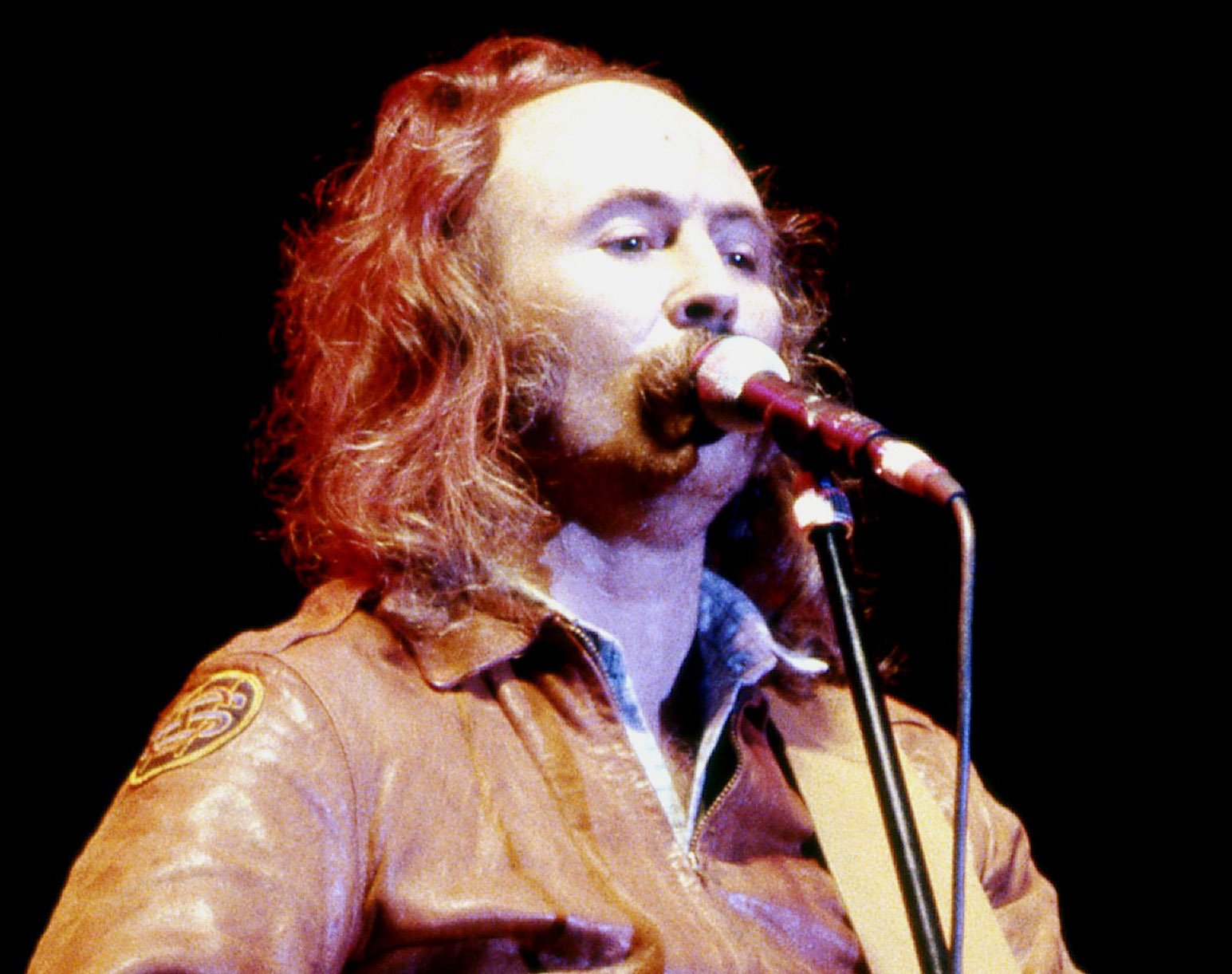 Eddi Laumanns, CC BY 3.0, Wikimedia Commons
Eddi Laumanns, CC BY 3.0, Wikimedia Commons
32. He Continued Alone
Among the criticisms toward the Byrds album, many acknowledged Clark’s work for its familiar exceptional quality. This led to Asylum Records signing him on to release the album No Other in 1974. Once again, his critical reception was quite positive, but its strange and unique mix of genres was too eclectic for the average listeners.
At the same time, things at home weren’t perfect.
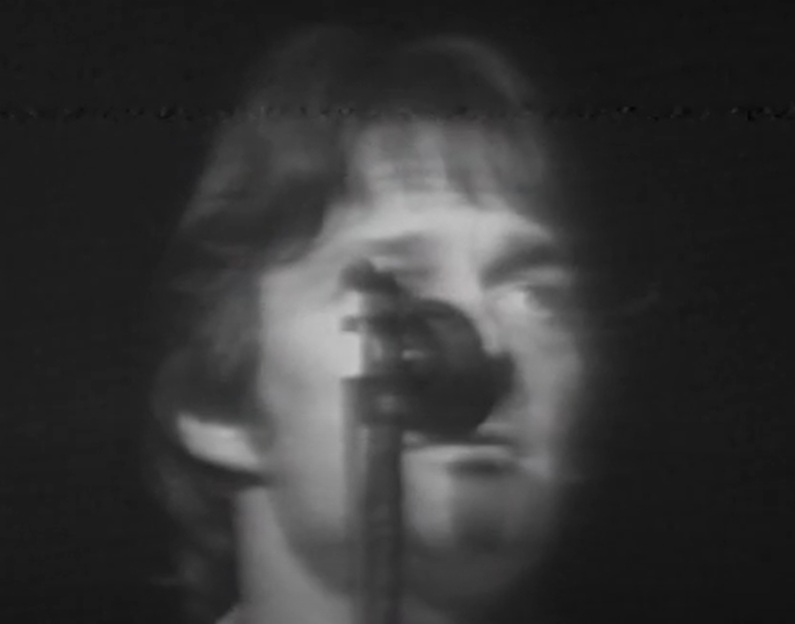 Gene Clark & Roger McGuinn, The Byrds on MV
Gene Clark & Roger McGuinn, The Byrds on MV
33. He Grew Distant
While recording his newest album in Los Angeles, Clark had to be away from his home in Albion, which would prove detrimental. Without his family to ground him, he fell back into the classic rock star lifestyle, delving deeper into a reliance on drink and illicit substances. This only hastened his and his wife’s road to divorce.
In response to this heartbreak, he threw himself into his work.
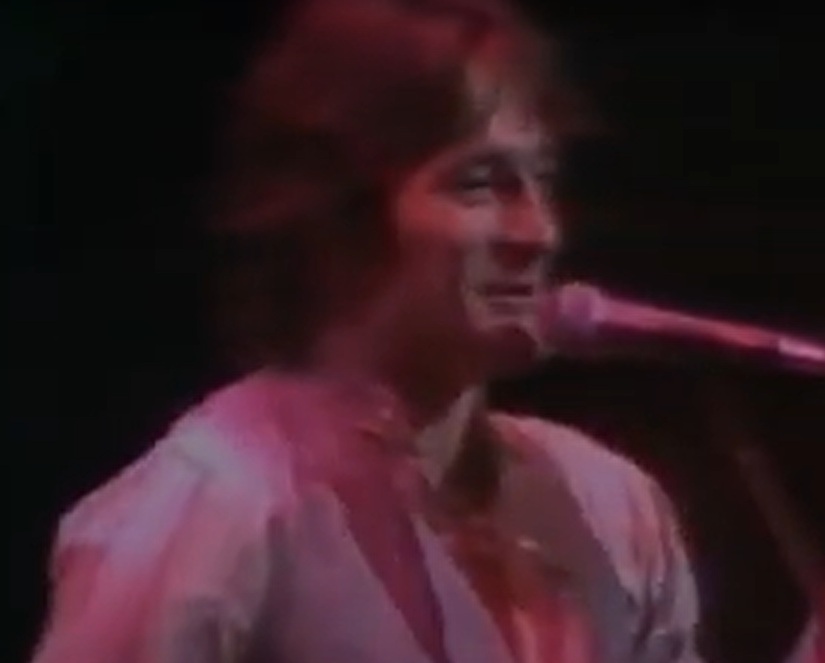 McGuinn, Clark & Hillman Adelaide Australia 1978, derek jensen
McGuinn, Clark & Hillman Adelaide Australia 1978, derek jensen
34. He Tried To Distract Himself
In the wake of his failed marriage and the poor public reception of No Other, Clark devoted even more energy to his work. With bassist Duke Bardwell and guitarist Roger White, Clark’s first solo tour commenced. This time, he was in charge, and that finally meant no flying.
This new trio went by Gene Clark and the Silverados. Despite feeling aimless, he released a new project.
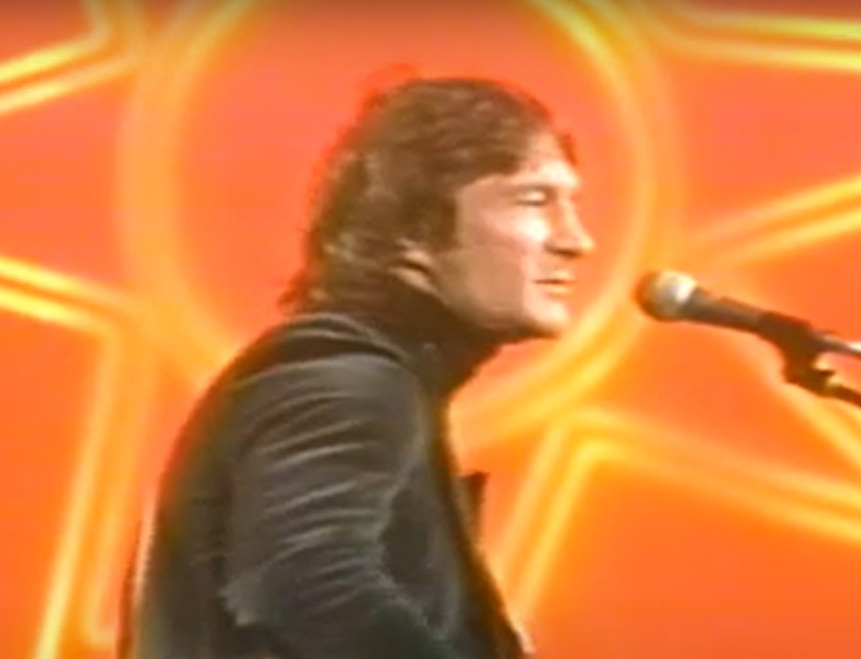 Sun Country Gene Clark & Cornelia Boucher McLeod 1983, cdncountryvideo
Sun Country Gene Clark & Cornelia Boucher McLeod 1983, cdncountryvideo
35. He Recorded Something New
In 1977, RSO Records—having purchased his contract from Asylum Records—released Clark’s next album, Two Sides to Every Story. It was clear to fans where his inspiration had derived, as the album title and many of the songs pointed to his divorce.
This would not be his claim to fame, though, as the album didn’t perform well in the US. Still, he did achieve one personal victory.
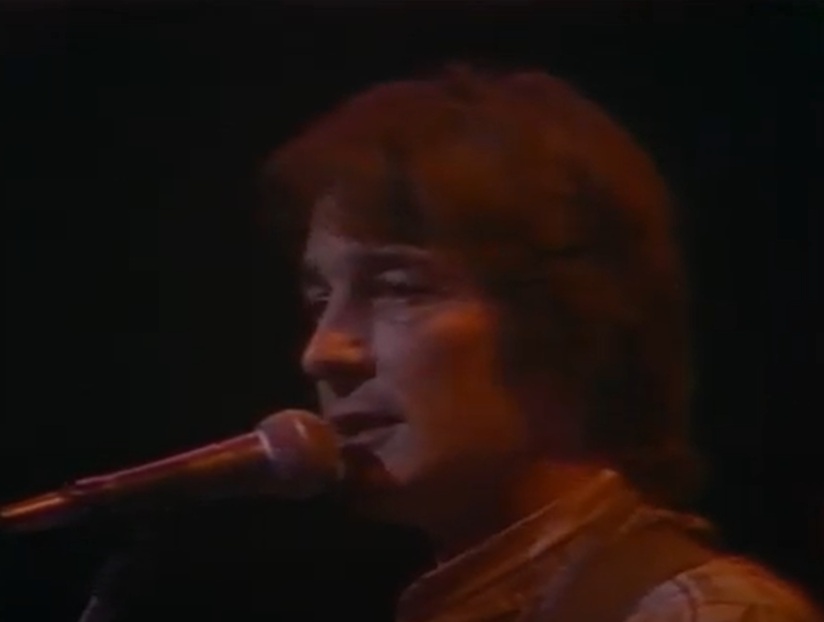 McGuinn, Clark & Hillman Adelaide Australia 1978, derek jensen
McGuinn, Clark & Hillman Adelaide Australia 1978, derek jensen
36. He Took A Big Leap
To combat the negative American reception of his album, Clark finally changed how he promoted his work. In an attempt to spread his music to those outside of the US, he embarked on an international tour, during which he successfully traveled by plane.
However, it was too late to salvage the album’s publicity, and he was again left to his addiction. Still, he wasn’t one to take things lying down.
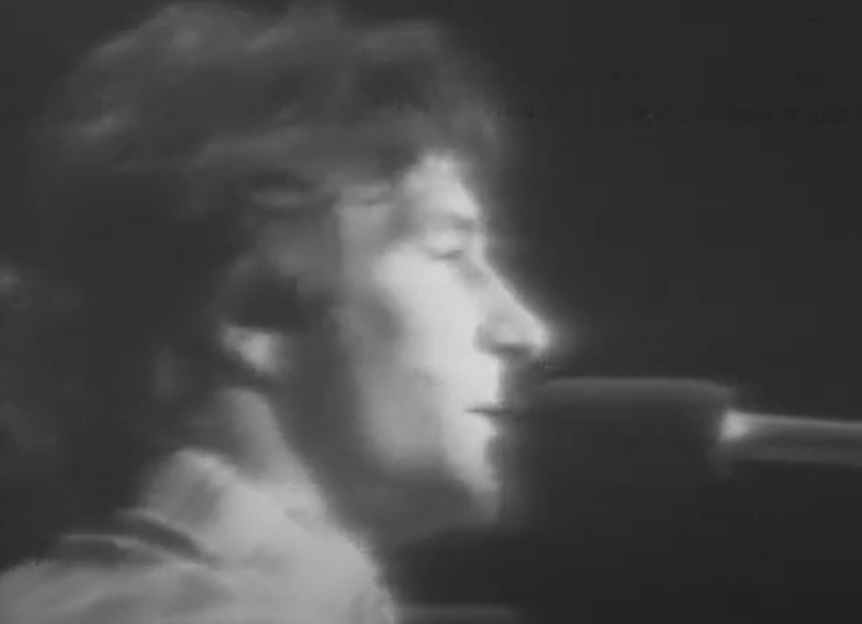 Gene Clark & Roger McGuinn, The Byrds on MV
Gene Clark & Roger McGuinn, The Byrds on MV
37. He Tried To Get Better
Taking advantage of his brief victory over travel anxiety, Clark went away to recuperate. Following the international tour, he joined his previous producer Jesse Ed Davis in Hawaii to rehabilitate from his addiction. He stayed there until 1981, but was unsuccessful at the end of it all.
However, he did come up with a new idea.
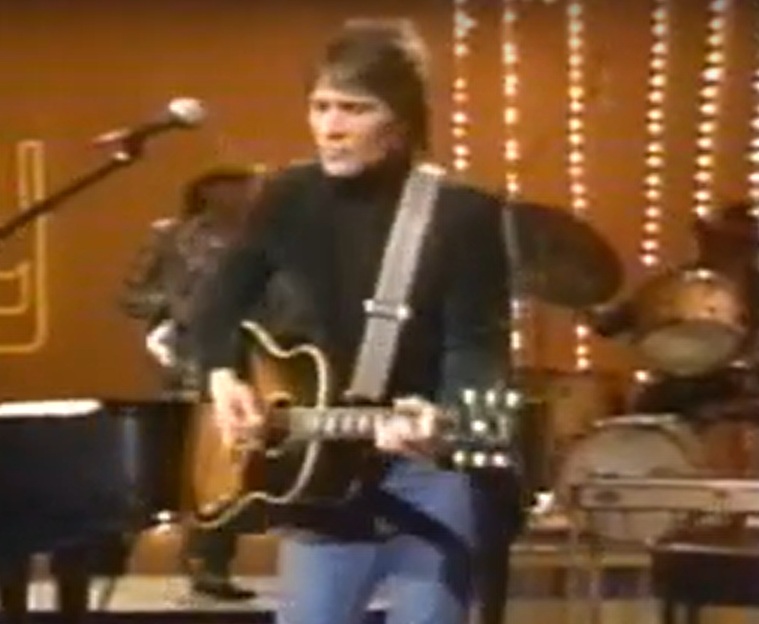 Sun Country Gene Clark & Cornelia Boucher McLeod 1983, cdncountryvideo
Sun Country Gene Clark & Cornelia Boucher McLeod 1983, cdncountryvideo
38. He Tried To Patch Things Up
Following a long list of personal and professional trials, Clark developed the idea for a new project in time for a special day. 1985 saw the 20th anniversary of “Mr Tambourine Man,” The Byrds’ first single with Columbia Records. In honor of this, Clark proposed a reunion to Crosby, McGuinn, and Hillman.
Much to his disappointment, none of the three were on board—but that didn’t deter him.
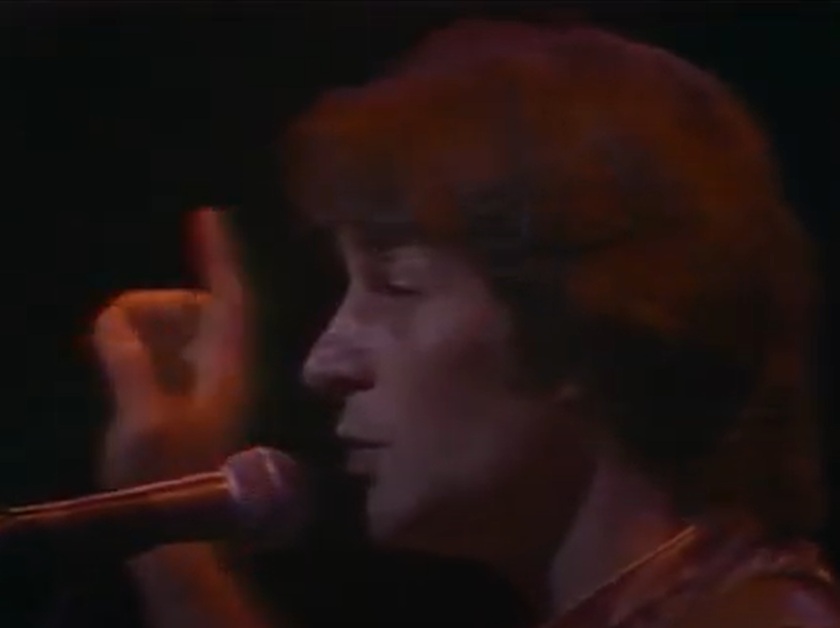 McGuinn, Clark & Hillman Adelaide Australia 1978, derek jensen
McGuinn, Clark & Hillman Adelaide Australia 1978, derek jensen
39. He Began A Big Project
Without most of the original Byrds members, Clark was still determined to make a new group for the anniversary. Instead, he invited a whole team of already-established musicians such as a former member of The Beach Boys and even ex-Byrds drummer Michael Clarke. They came together under Clark’s chosen name: The 20th Anniversary Tribute to the Byrds.
Of course, the name was a bit wordy.
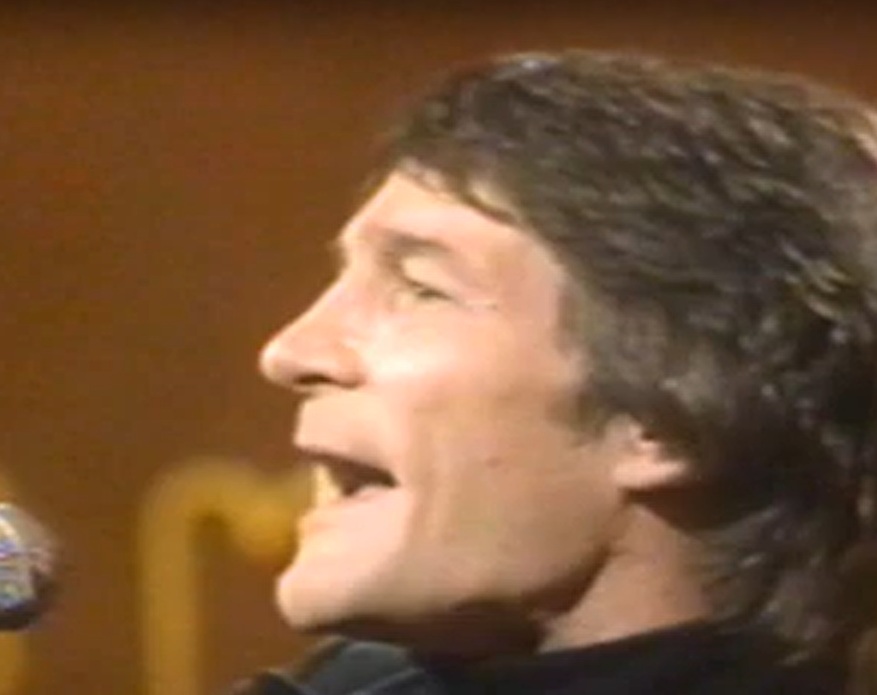 Sun Country Gene Clark & Cornelia Boucher McLeod 1983, cdncountryvideo
Sun Country Gene Clark & Cornelia Boucher McLeod 1983, cdncountryvideo
40. They Shortened The Name
It’s unclear whether or not anyone intended this, but the name “The 20th Anniversary Tribute to the Byrds” was naturally too long for most people. Many promoters subsequently shortened the name, as did the group’s agent, who started calling them just “The Byrds”.
Obviously, the original Byrds members weren’t too thrilled.
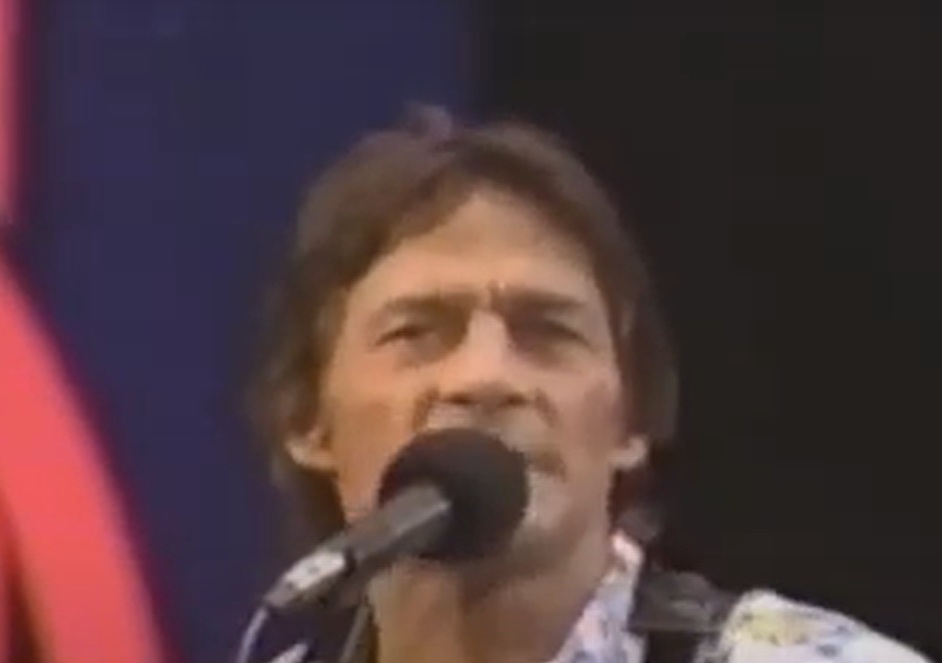 Gene Clark's Byrds Chimes of Freedom & Christine, Not Hungry
Gene Clark's Byrds Chimes of Freedom & Christine, Not Hungry
41. They Tried To Establish Themselves
Although The Byrds had more or less disbanded, its original members didn’t want this new group to operate under their name. In order to affirm their right to it, Crosby, McGuinn, and Hillman performed several times under the name, “The Byrds”. Needless to say, the three members did not invite Clark to the reunion, citing their exclusion from his project.
Talk about petty. All that, just to stop Clark's tribute. Maybe if they'd known how little time he had left, they would have been a little more supportive...
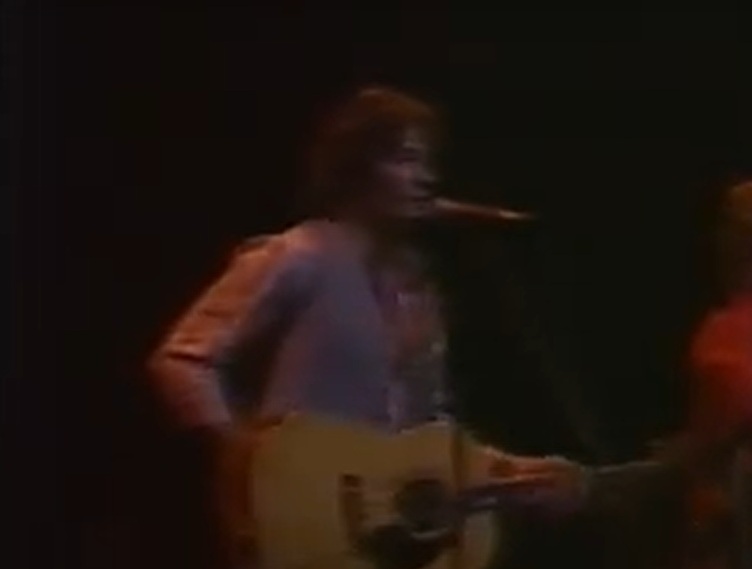 McGuinn, Clark & Hillman Adelaide Australia 1978, derek jensen
McGuinn, Clark & Hillman Adelaide Australia 1978, derek jensen
42. He Didn’t Last
At the end of the tour, Clark felt it was time to move on from the group he created. Leaving the band in Michael Clarke’s hands, Gene Clark returned to his solo career and was probably better for it. Looking back, most fans of the original Byrds were completely against this strange new version of the group.
During this time, Clark’s well-being took a turn.
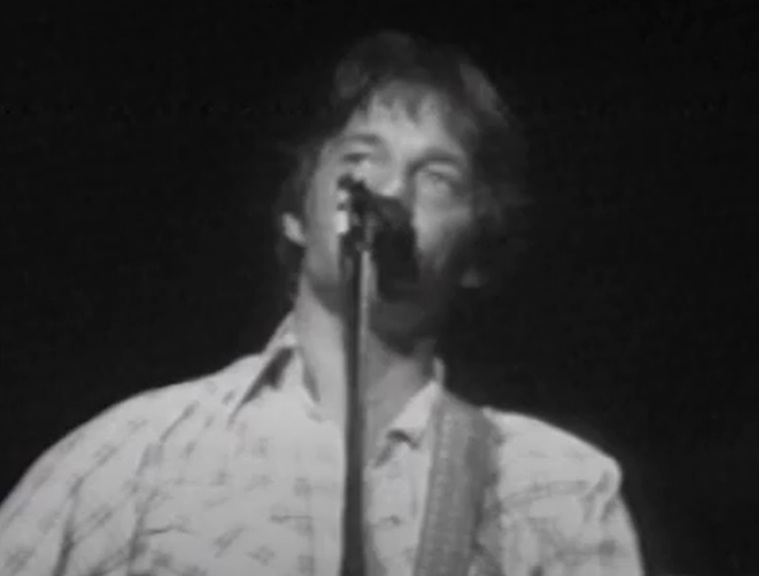 Gene Clark & Roger McGuinn, The Byrds on MV
Gene Clark & Roger McGuinn, The Byrds on MV
43. His Success Came With Disaster
Clark’s 1987 collaboration with Carla Olson for So Rebellious a Lover finally granted him a bit more success, both critically and in the mainstream. However, over the next few years, Clark’s life took a turn for the worse as his health issues multiplied. His addiction to drinking and other substances had truly caught up with him, causing painful ulcers, one of which he needed serious surgery for in 1988.
In the face of these woes, he fought to get better.
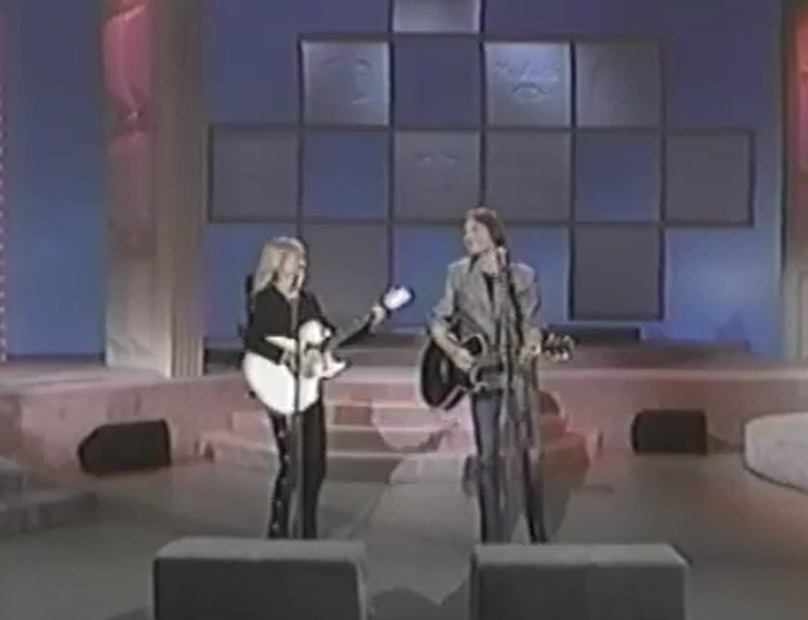 Gene Clark & Carla Olson The Drifter, brotherhamlet
Gene Clark & Carla Olson The Drifter, brotherhamlet
44. He Tried To Stay Sober
Clark may have embraced the rock star’s life, but that didn’t mean his health issues left him apathetic, and he still tried to recover as best he could. For a while toward the end of the 1980s, it seemed as though he might get better since he had finally committed to a life of sobriety.
But just when it seemed like Clark had gotten clean, life through him a curveball he never expected.
45. He Regressed
Clark never really broke through into fame, and his medical bills were starting to pile up. But then, in 1989, he hit the jackpot—at least, that's what it seemed like. Tom Petty released a cover of Clark's song “I'll Feel a Whole Lot Better". That meant Clark got a cut from Petty's latest album, and the checks started rolling in.
Unfortunately, the influx of cash was enough to get Clark off the wagon—and his failing body couldn't take it. To make matters worse, his personal life was crumbling too.
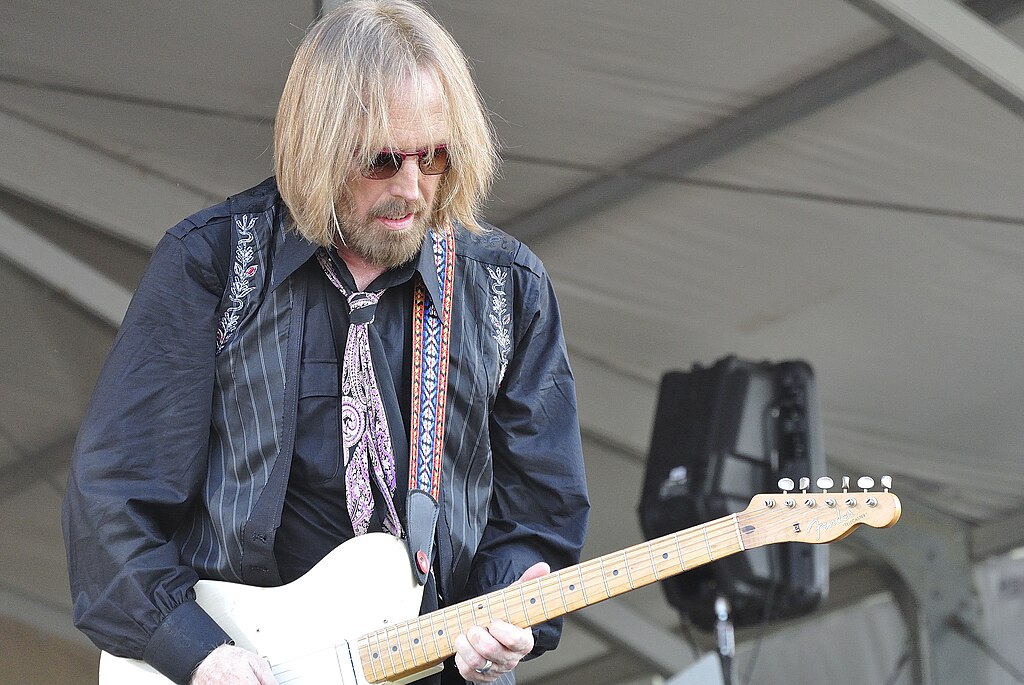 Takahiro Kyono, CC BY 2.0, Wikimedia Commons
Takahiro Kyono, CC BY 2.0, Wikimedia Commons
46. He Lost Another Love
Like many rock stars, Clark was no stranger to a torrid love life, especially after his divorce. Throughout the previous 20 years, he had an intermittent relationship with actress Terri Messina. However, his relapse in the late 80s and overall financial irresponsibility were allegedly too much to handle, and the couple decided to end things for good.
At this low point, he was able to reunite with his band members one last time.
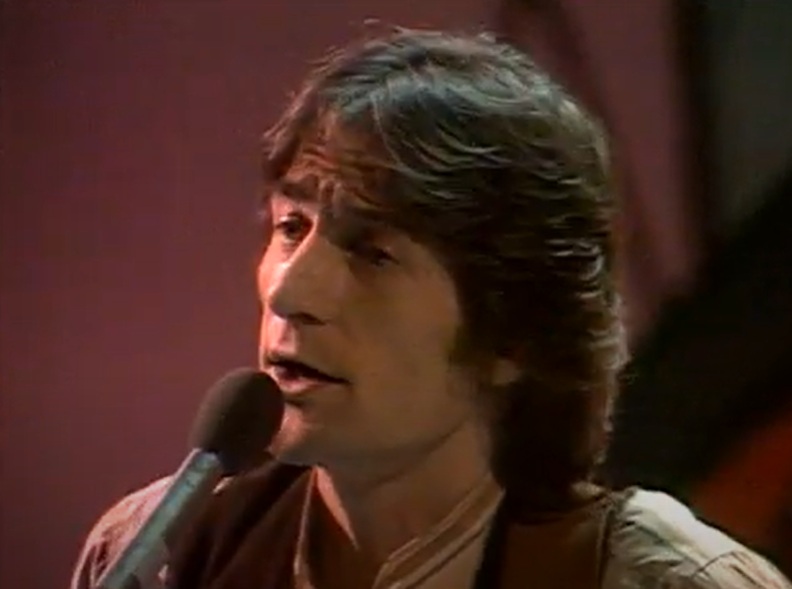 TOPPOP McGuinn, Clark & Hillman Backstage Pass, TopPop
TOPPOP McGuinn, Clark & Hillman Backstage Pass, TopPop
47. They Met Once Again
After all the tensions, accusations, and hurtful words, The Byrds’ original members would find themselves playing together again just a couple of years later. In 1991, the band was inducted into the Rock and Roll Hall of Fame, and Clark was lucky enough to perform one last time with his bandmates. They even sang his original song, “I'll Feel a Whole Lot Better”.
Sadly, more bad news was on the way.
48. He Received A Grim Diagnosis
Through the health scares and periods of rehabilitation, Clark hadn’t quit his more dangerous habits, and he discovered how high the cost was. Around the same time as The Byrds’ induction, he received the diagnosis of throat cancer as a result of his lifestyle.
Throw heart disease into the mix, and it was too much for the aging rocker's body to handle.
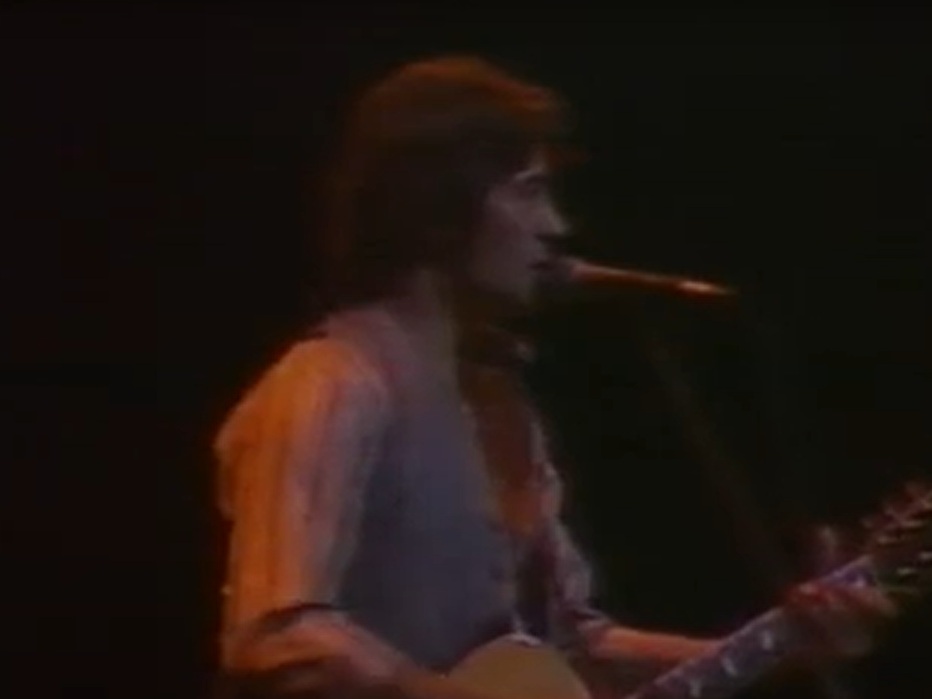 McGuinn, Clark & Hillman Adelaide Australia 1978, derek jensen
McGuinn, Clark & Hillman Adelaide Australia 1978, derek jensen
49. He Lost His Battle
Suffering from throat cancer and heart disease, Clark would eventually perish on May 24, 1991. While health professionals determined that his battle with addiction had been a major factor, the final cause of his passing was a bleeding ulcer. Buried in Missouri, his epitaph carried the title of what is considered his best album—No Other.
Although he hadn’t achieved success in his eyes, nobody could erase his contributions.
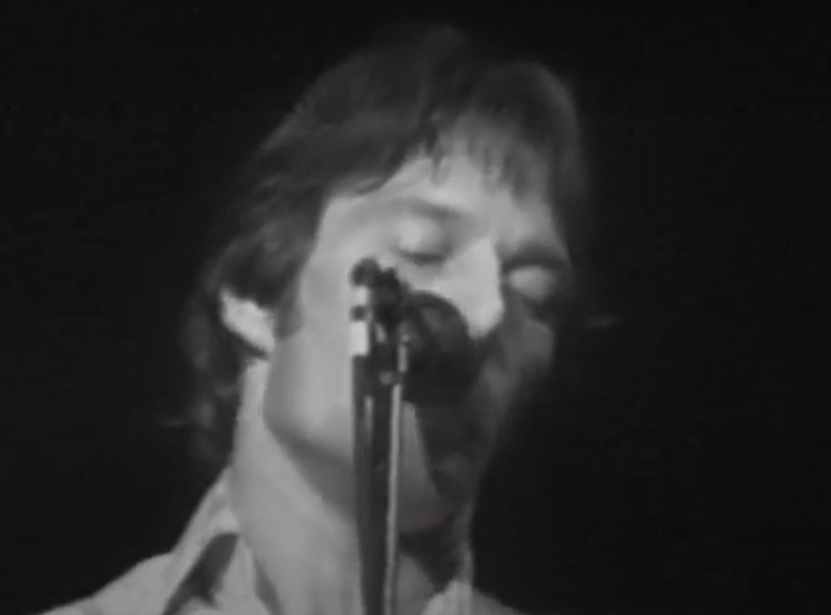 Gene Clark & Roger McGuinn, The Byrds on MV
Gene Clark & Roger McGuinn, The Byrds on MV
50. He Was More Significant Than He Knew
In later years, many in the music world would reflect on Gene Clark’s work within The Byrds and his solo career. Although not fully appreciated, those who know his music consider it fundamental to the growth of nearly every genre he touched. In later years, ex-Byrds members would praise Clark’s role in the band, calling him “A hero, our savior” and stating “He had the 'gift' that none of the rest of us had developed yet”.
You May Also Like:
Brad Delp's Demons Don't Excuse What He Did
Metallica’s Secretly Tragic History


